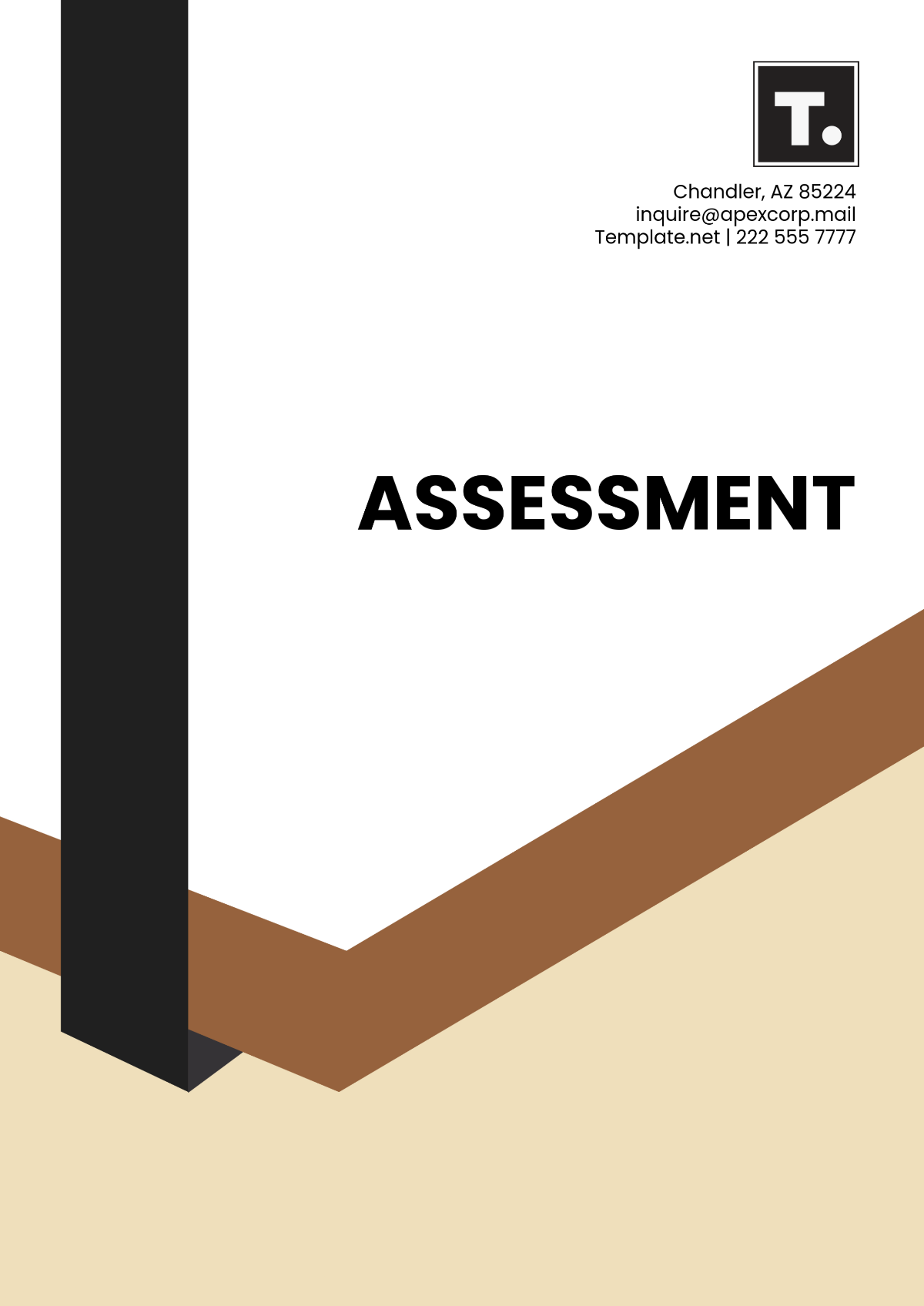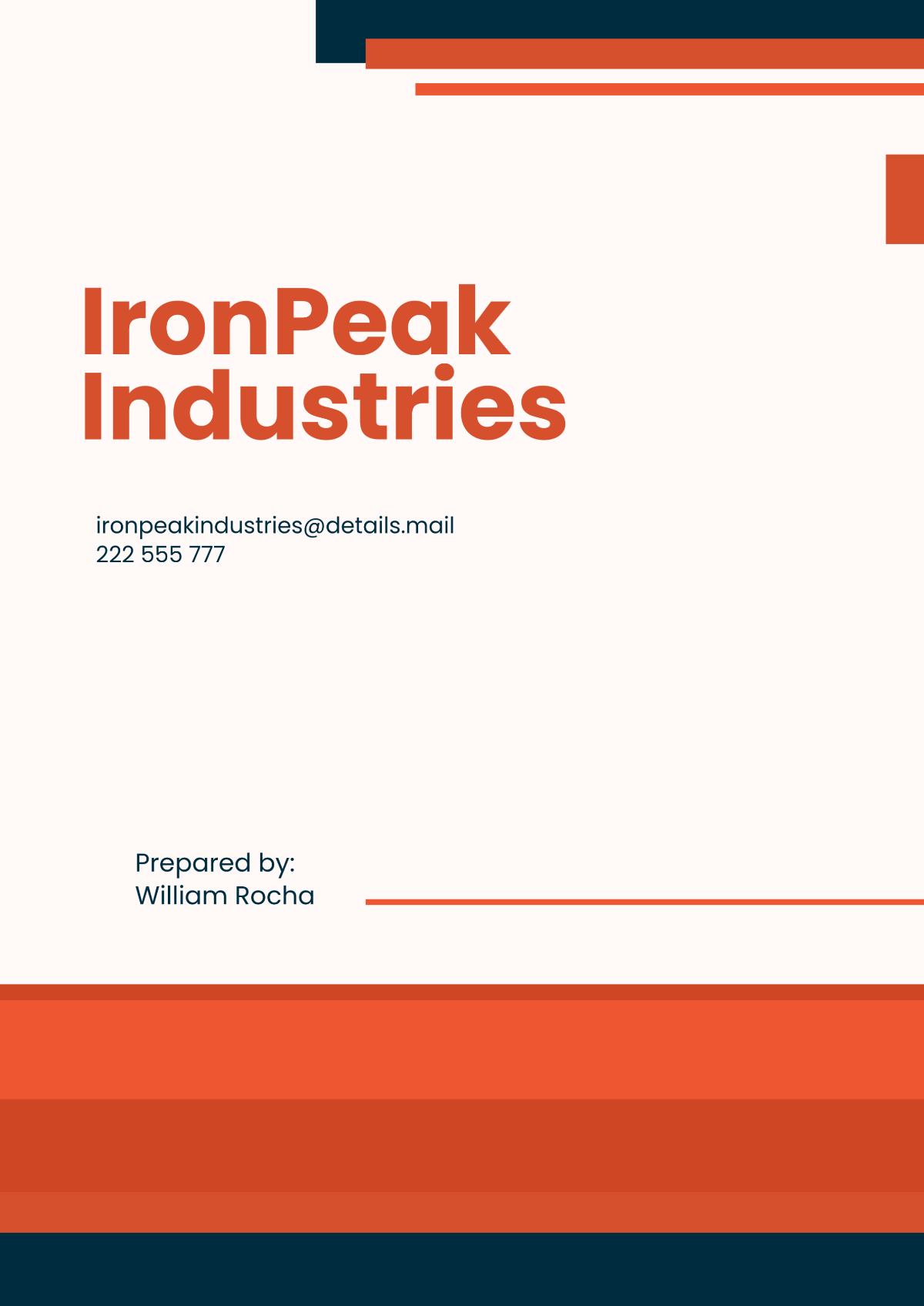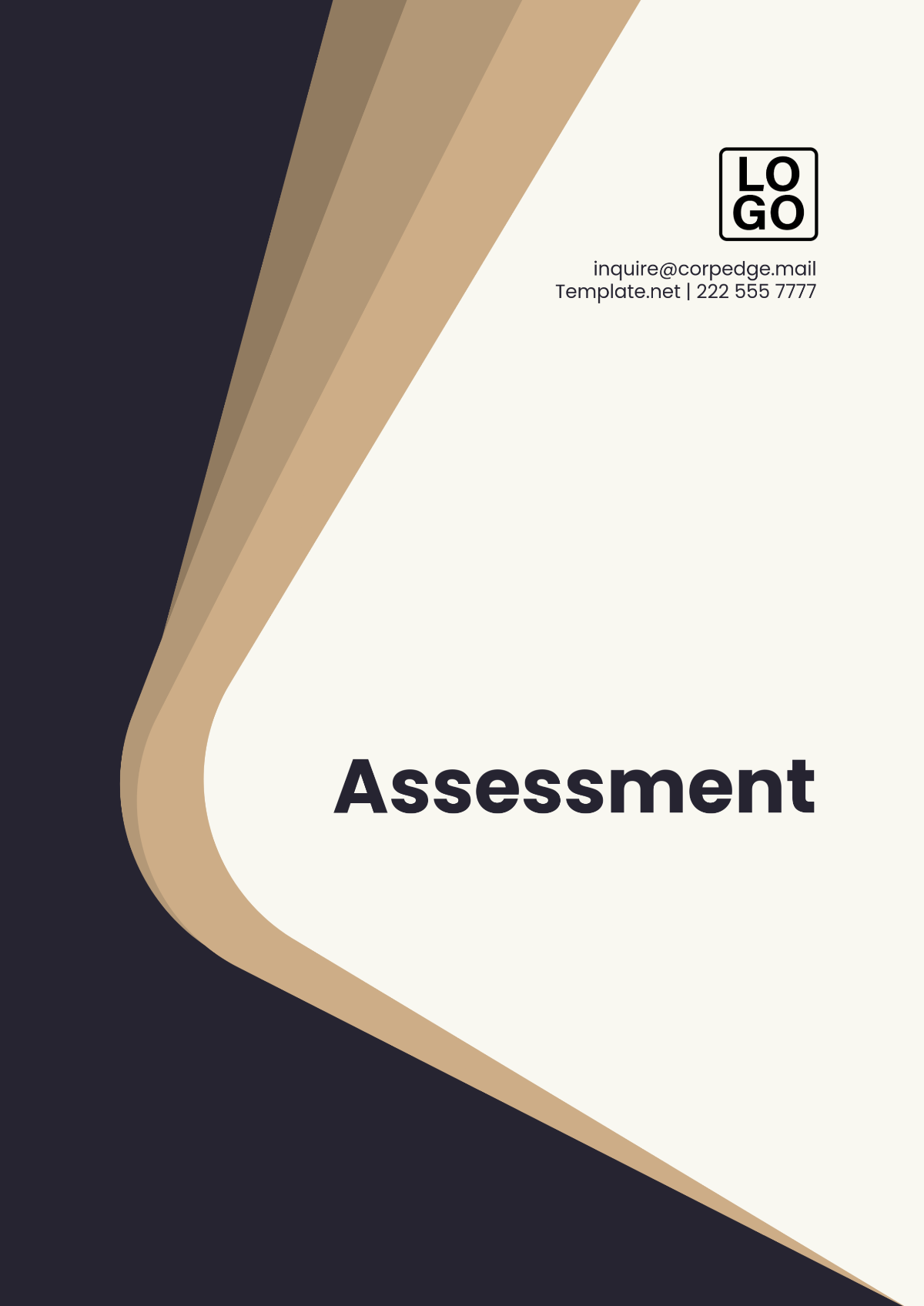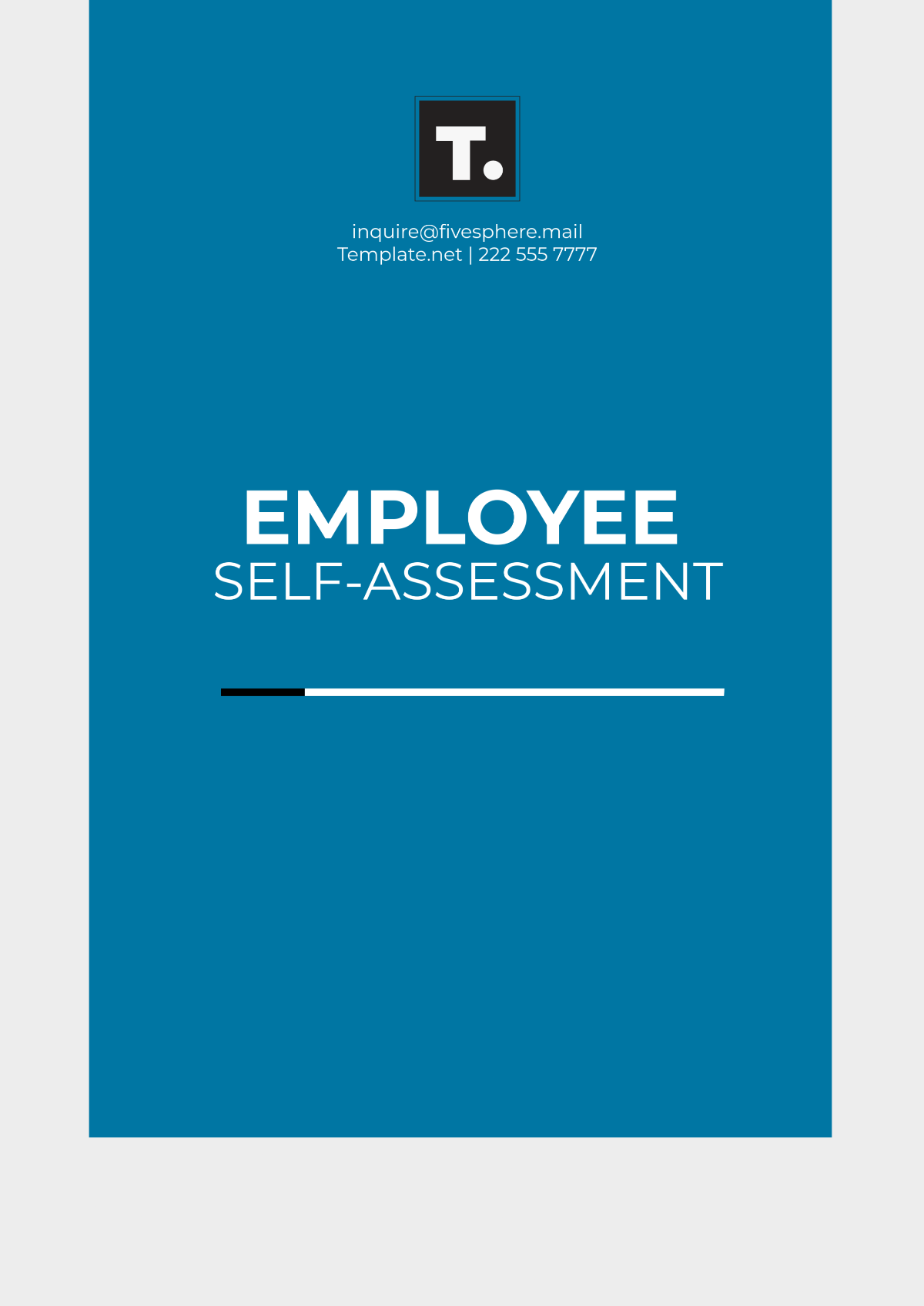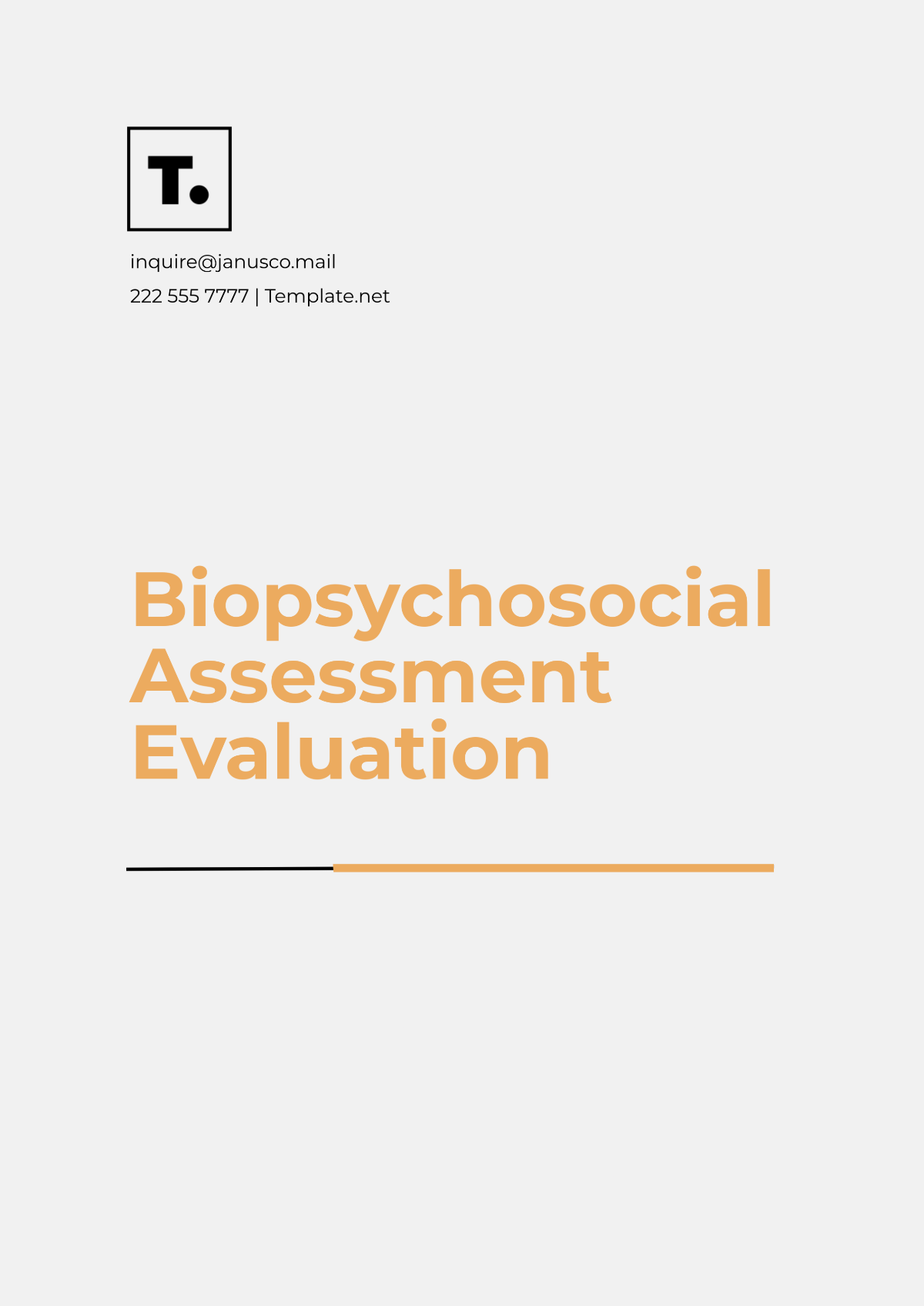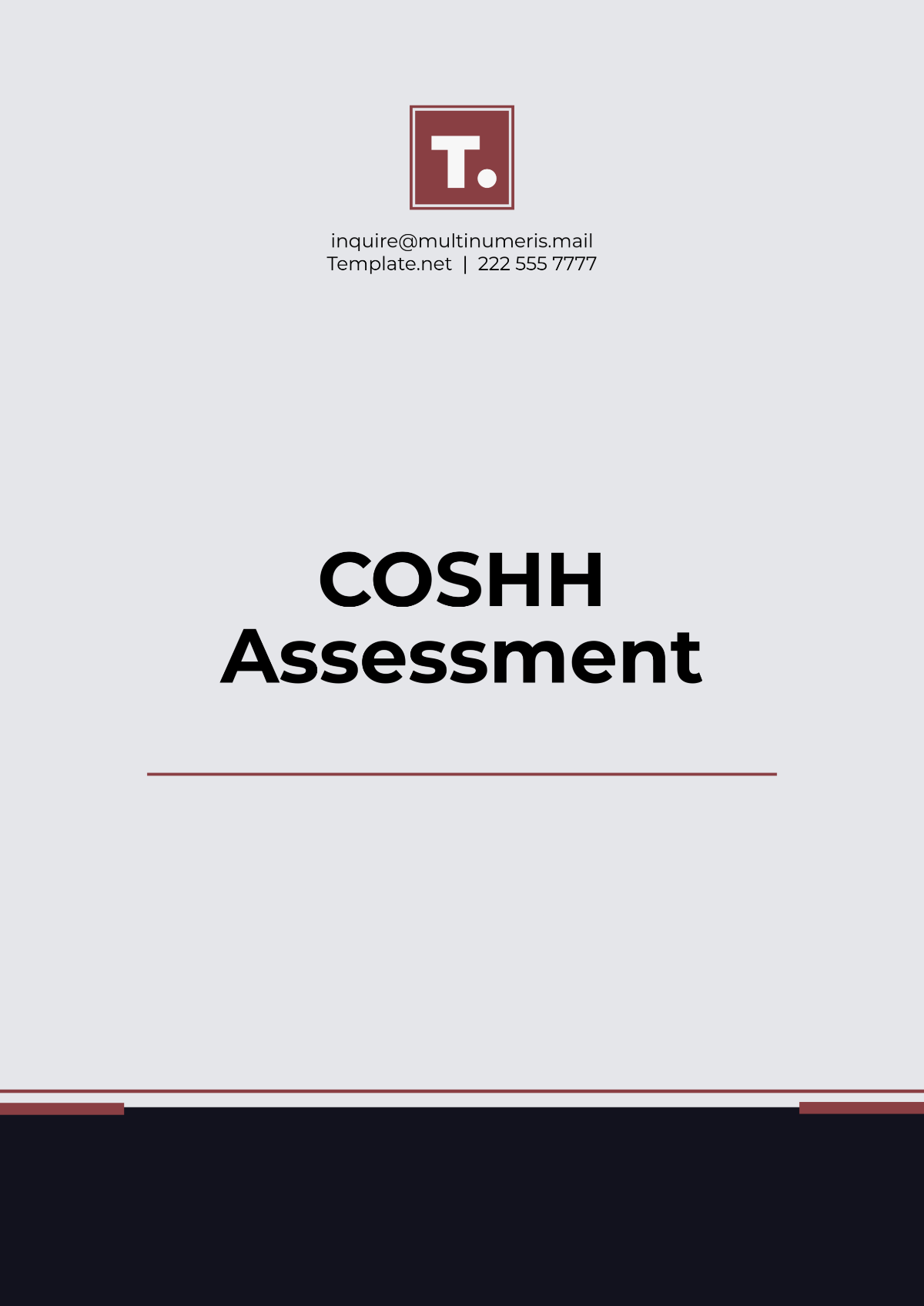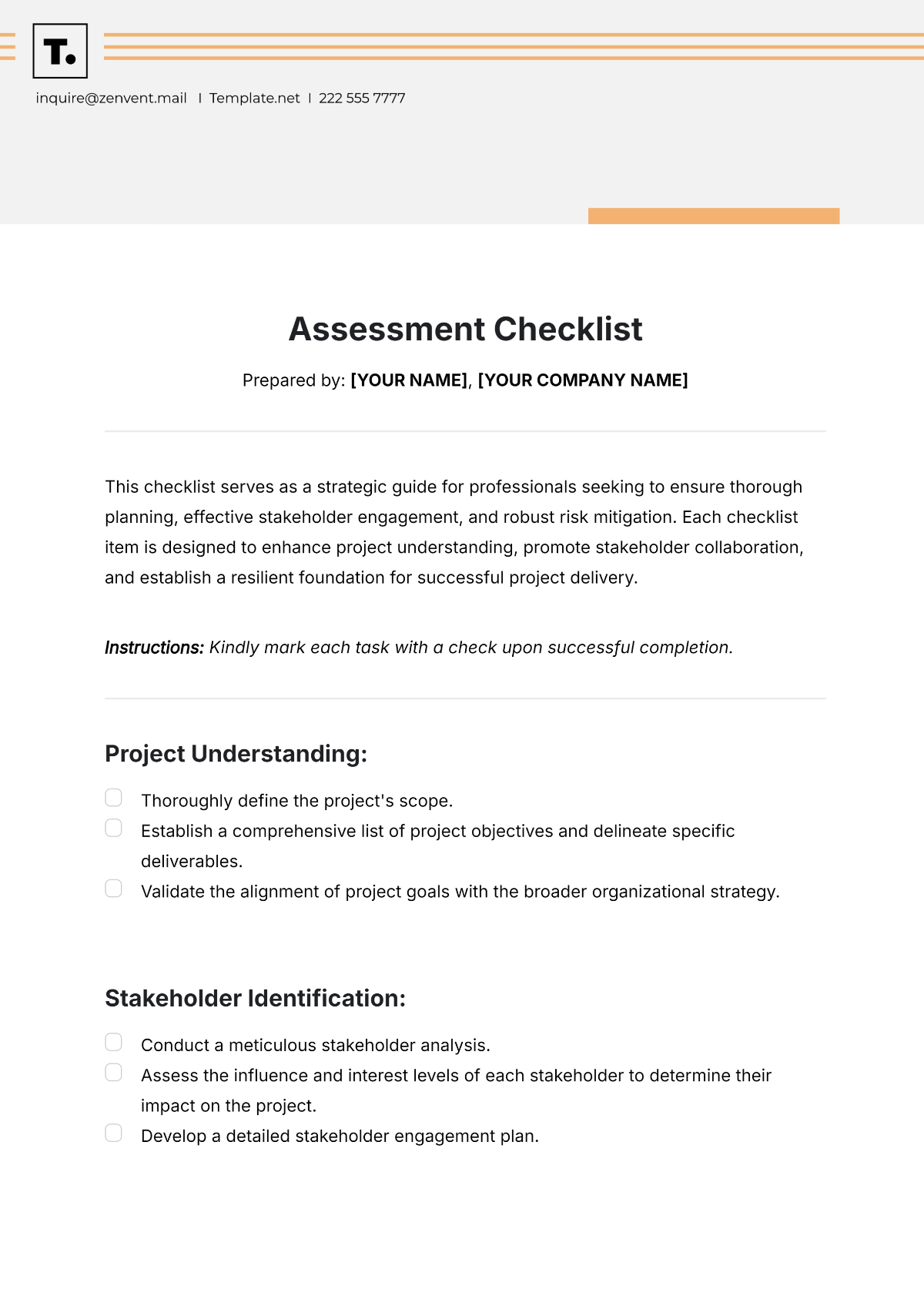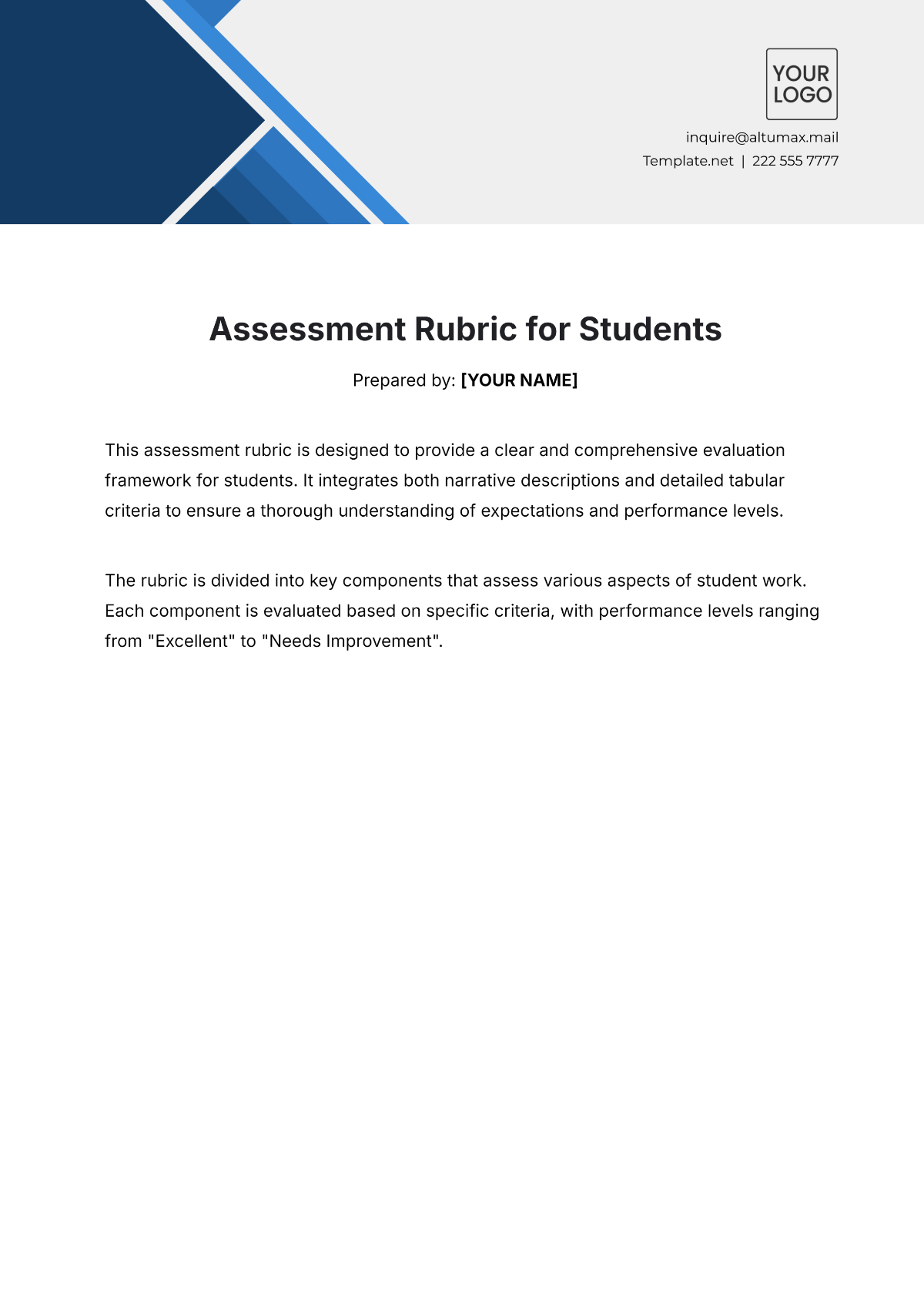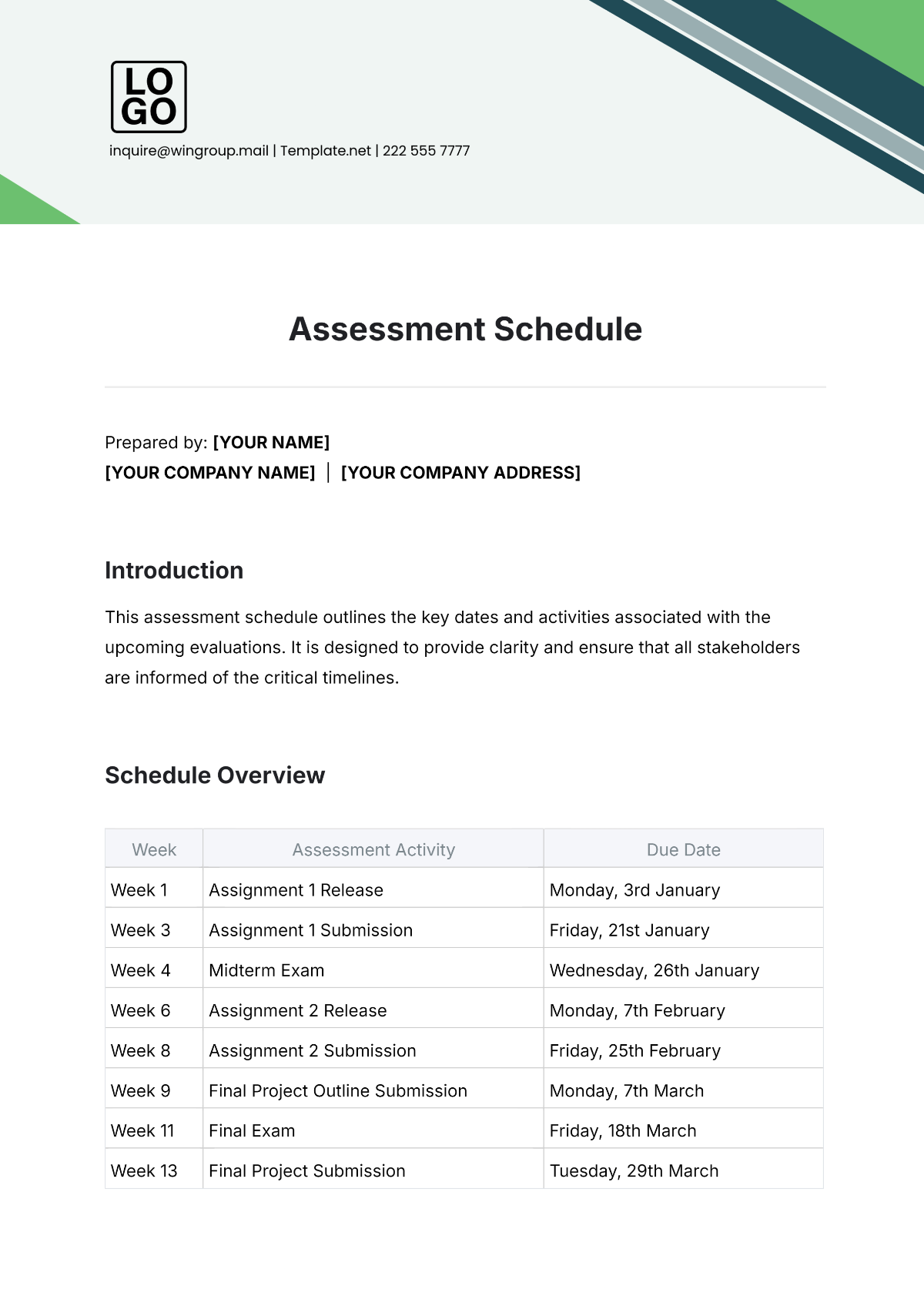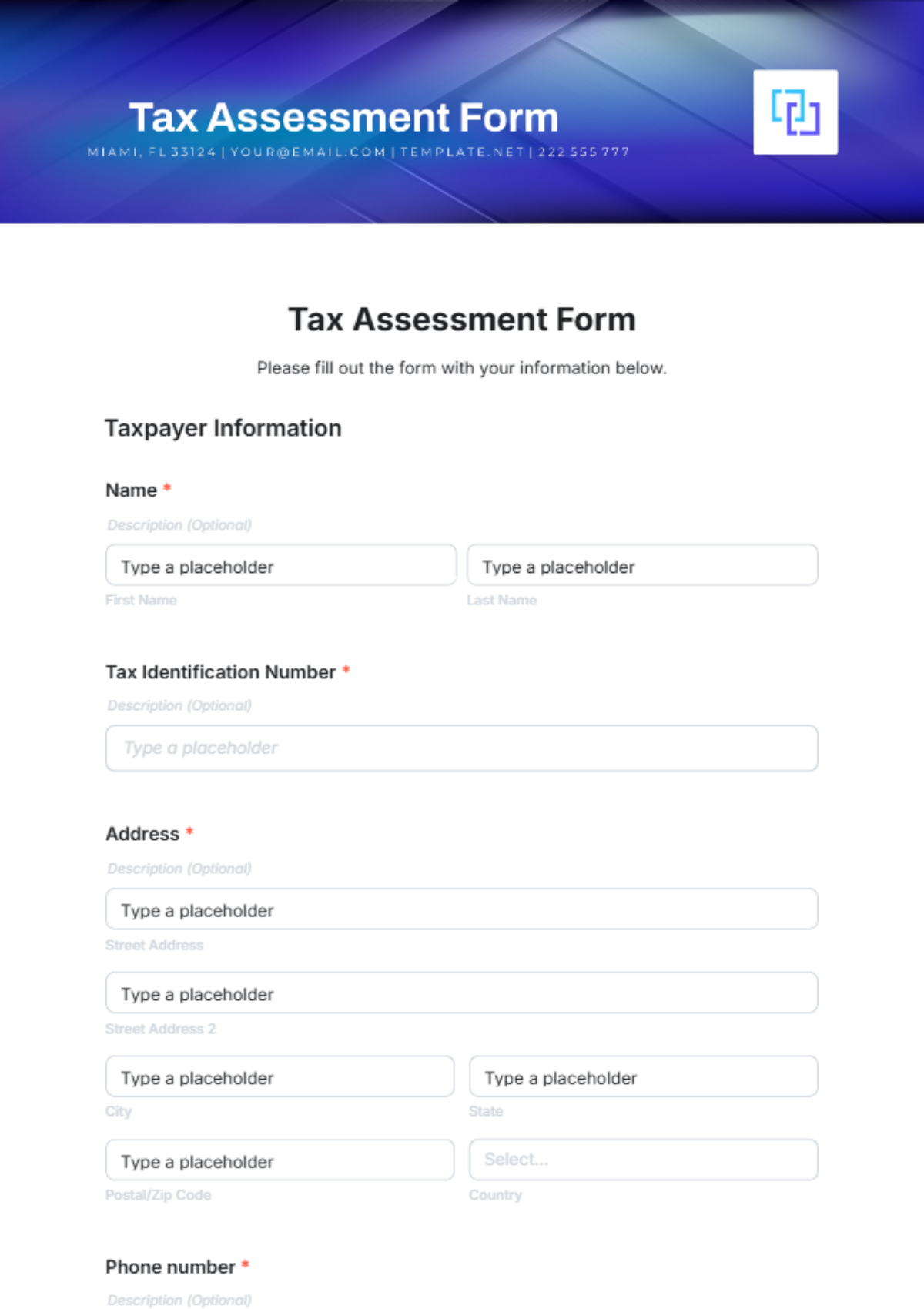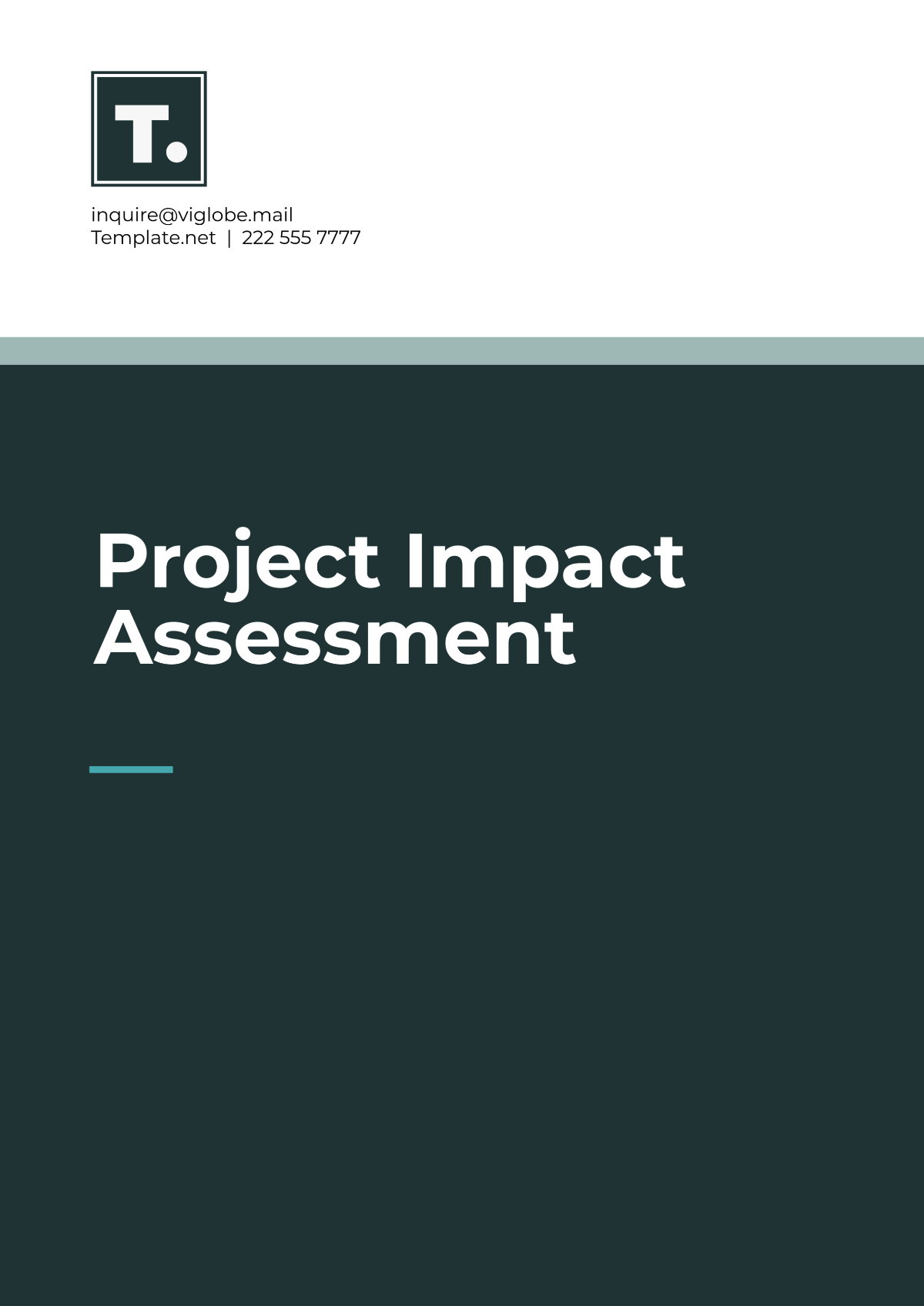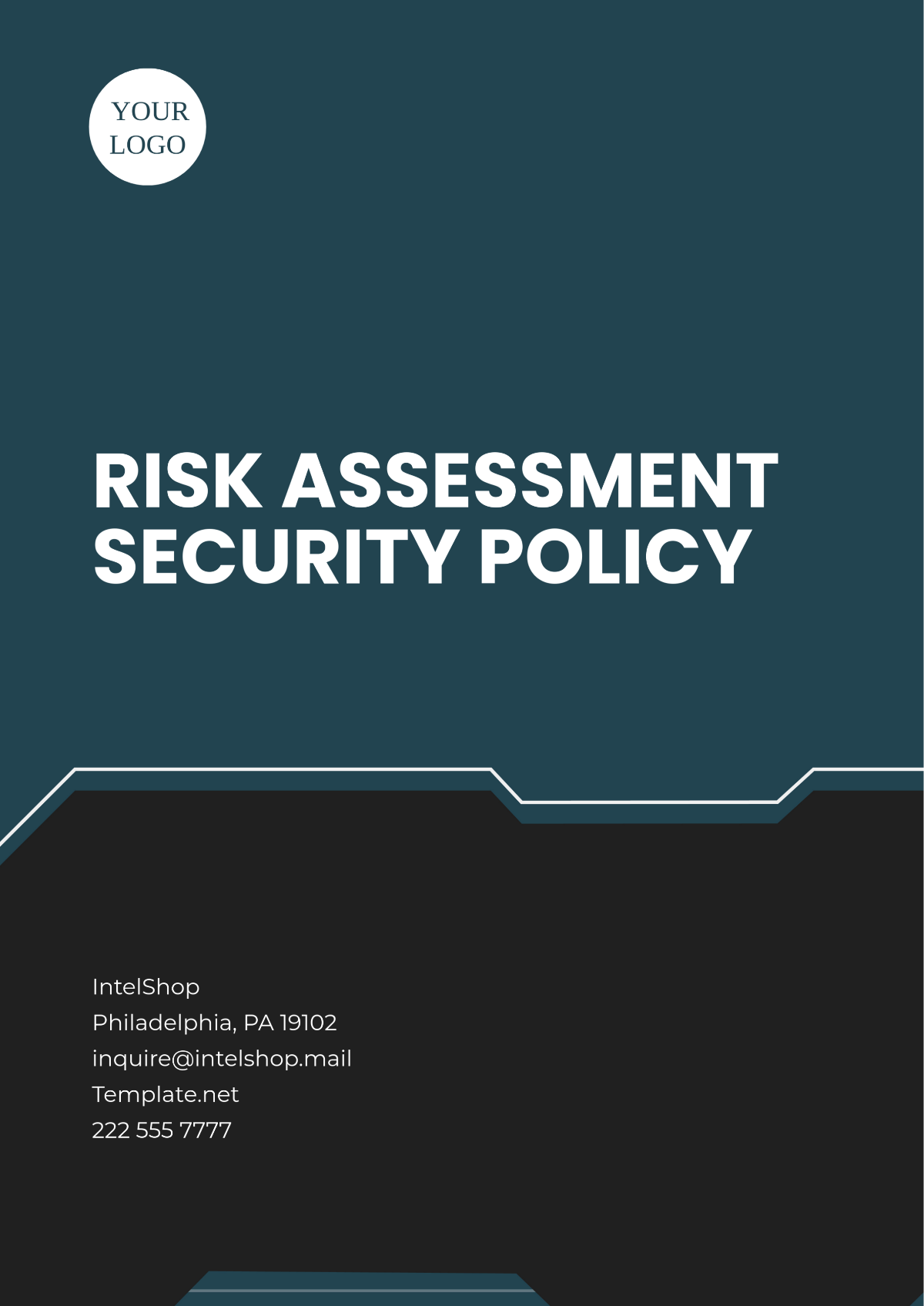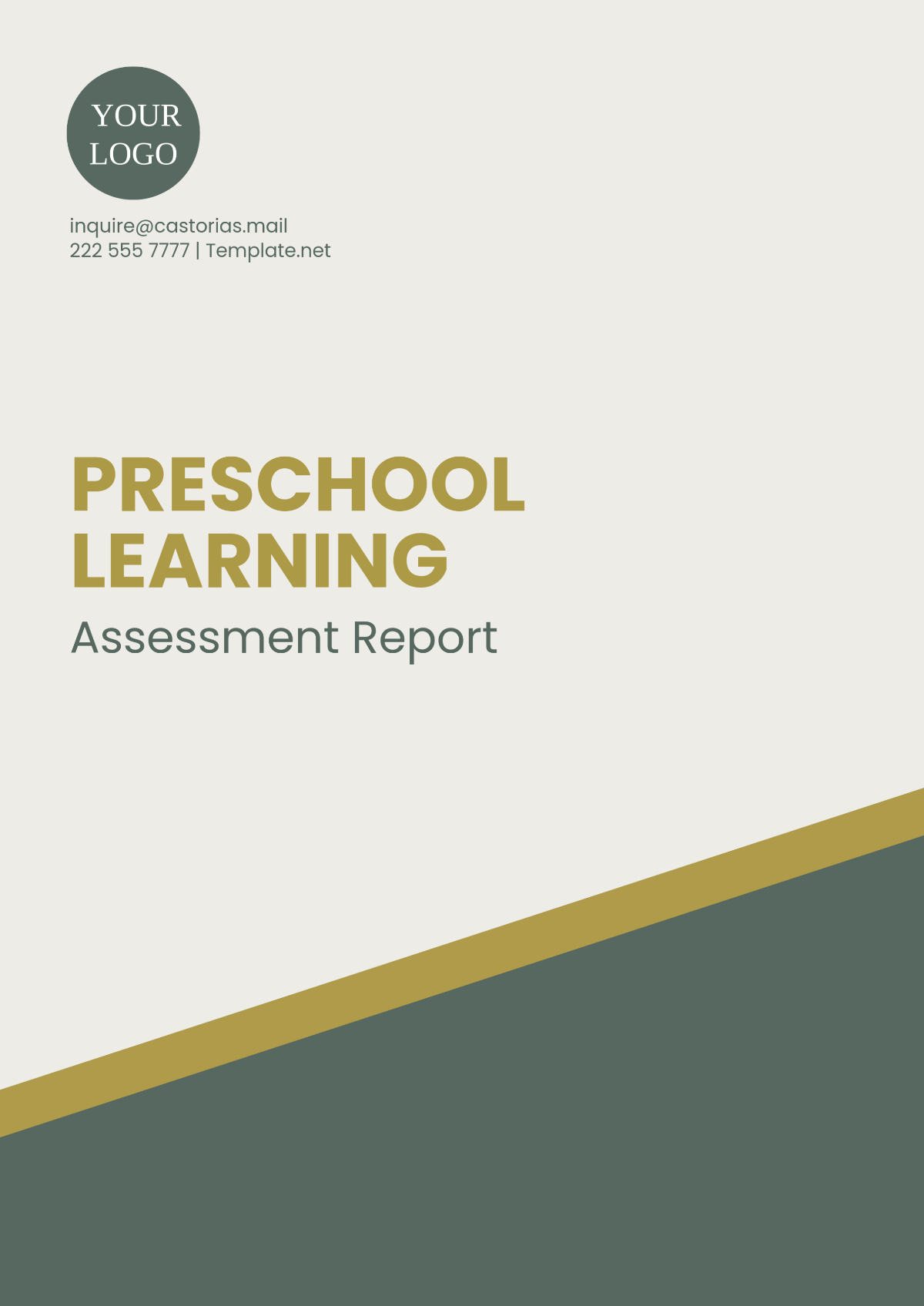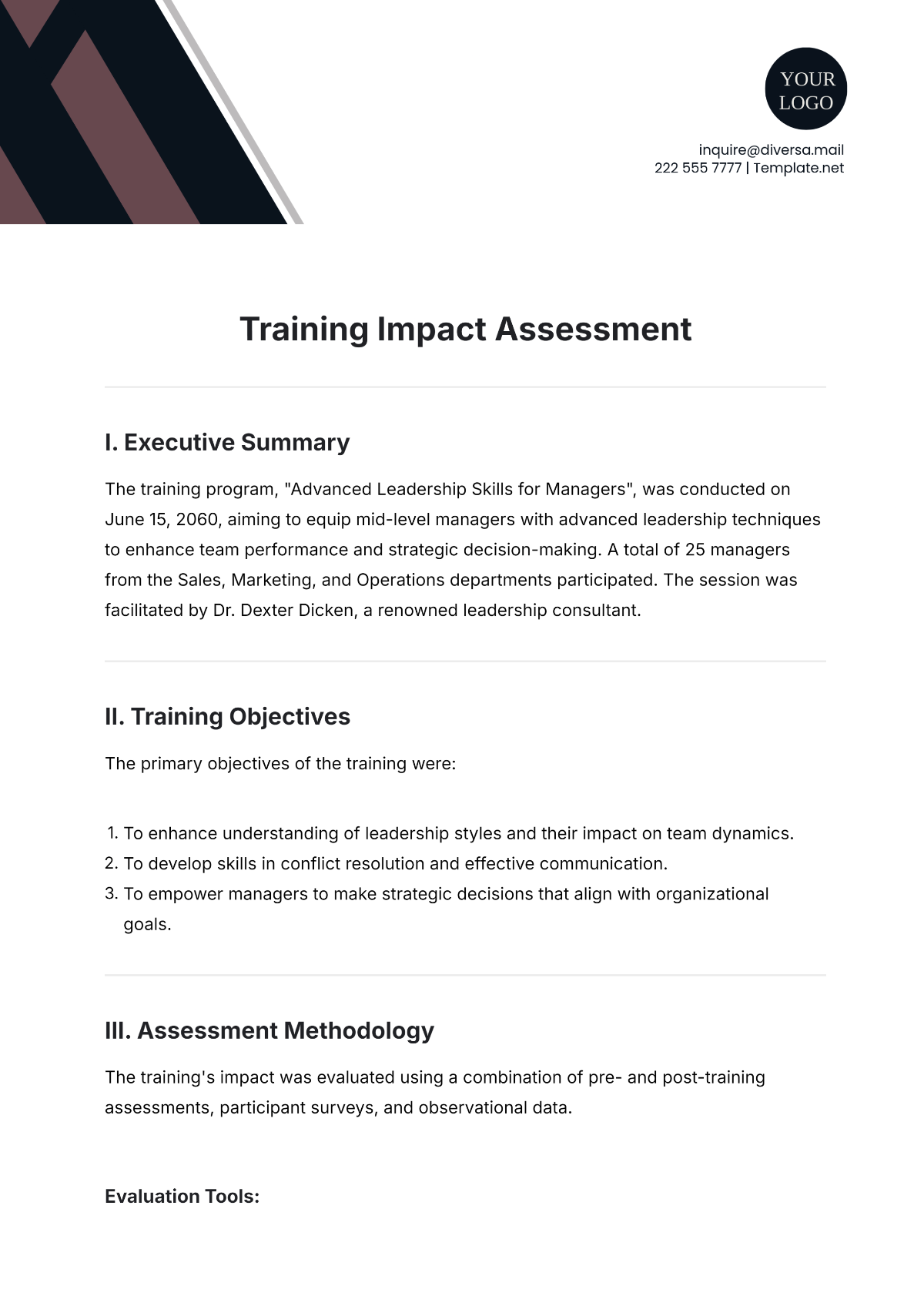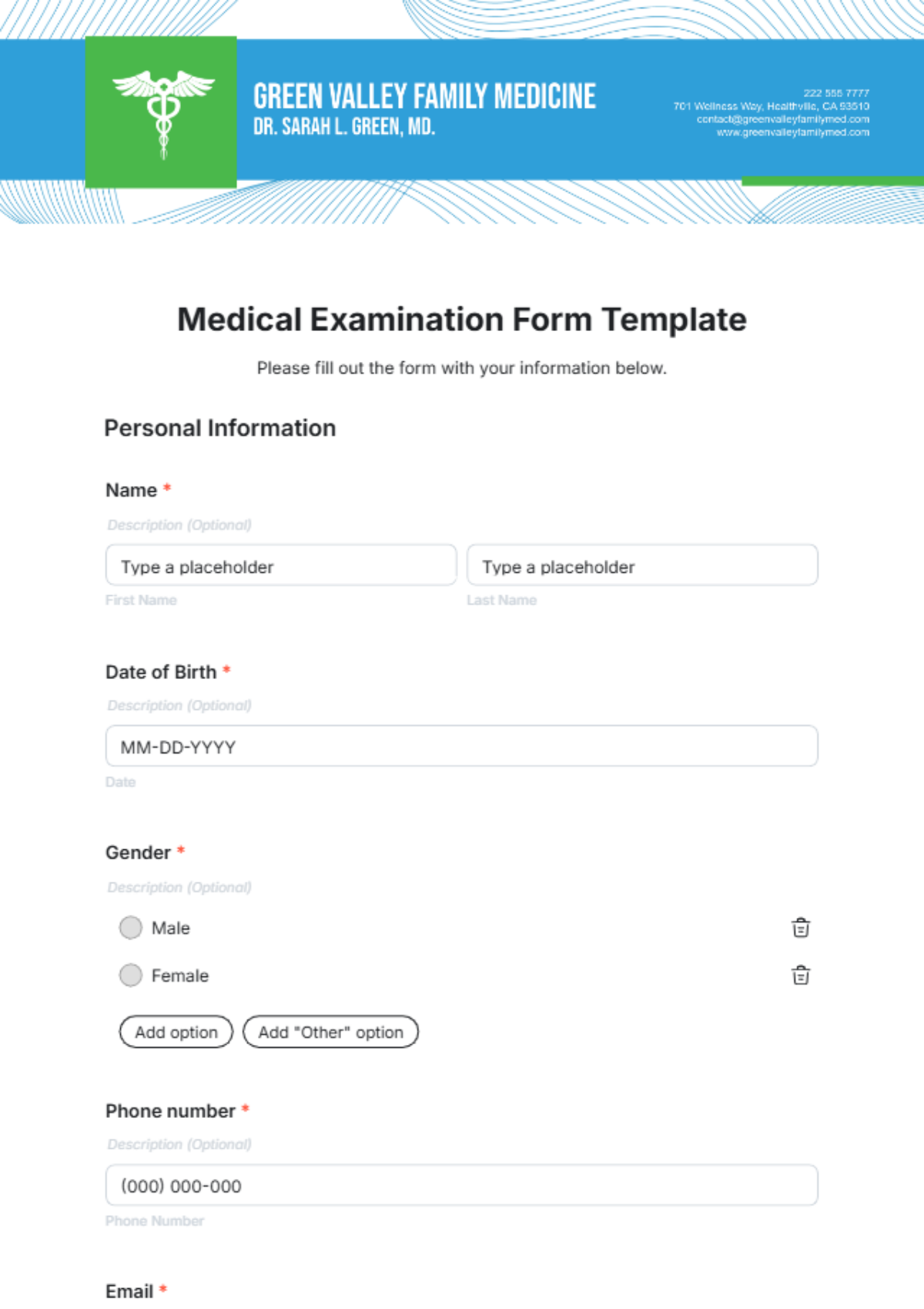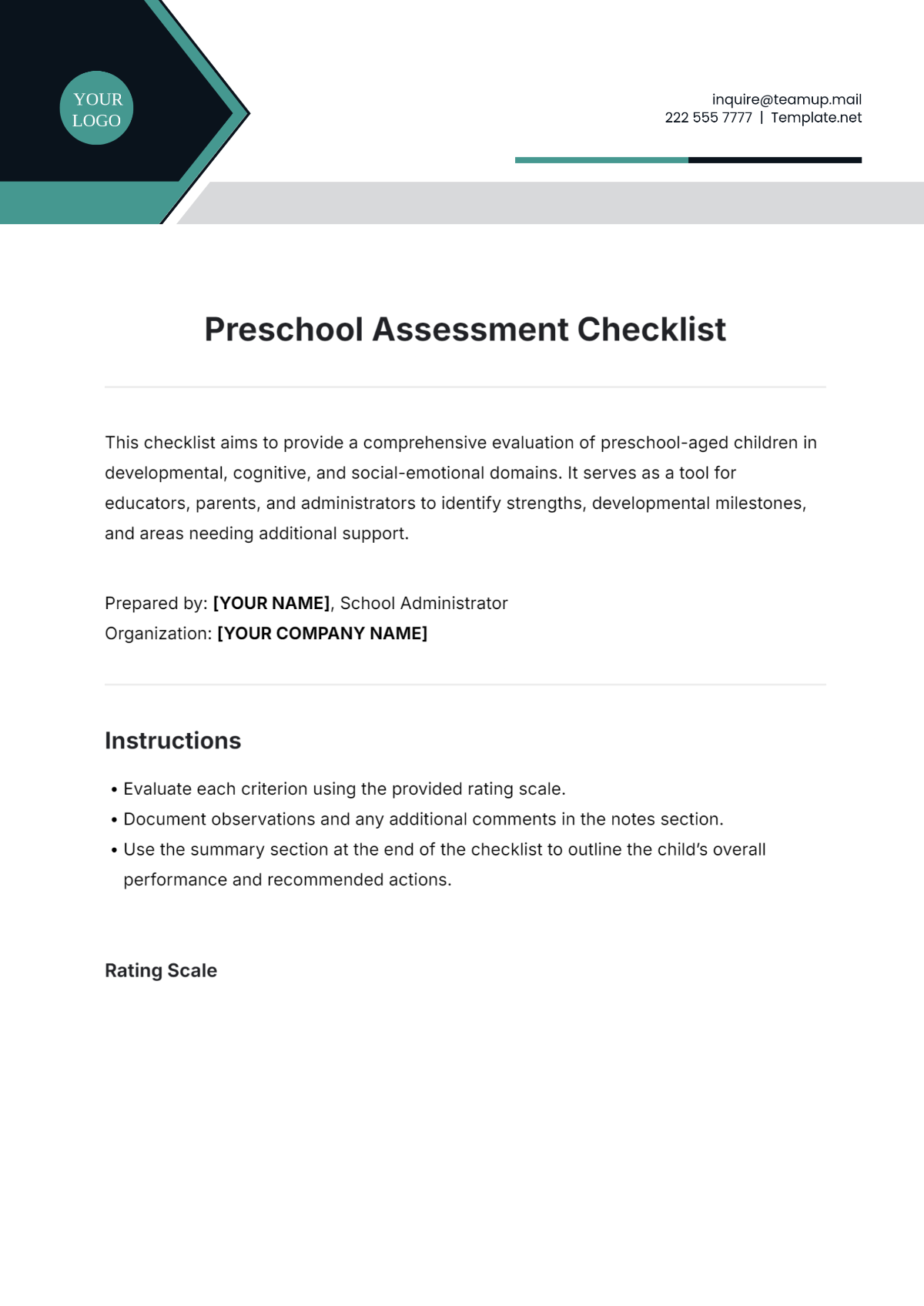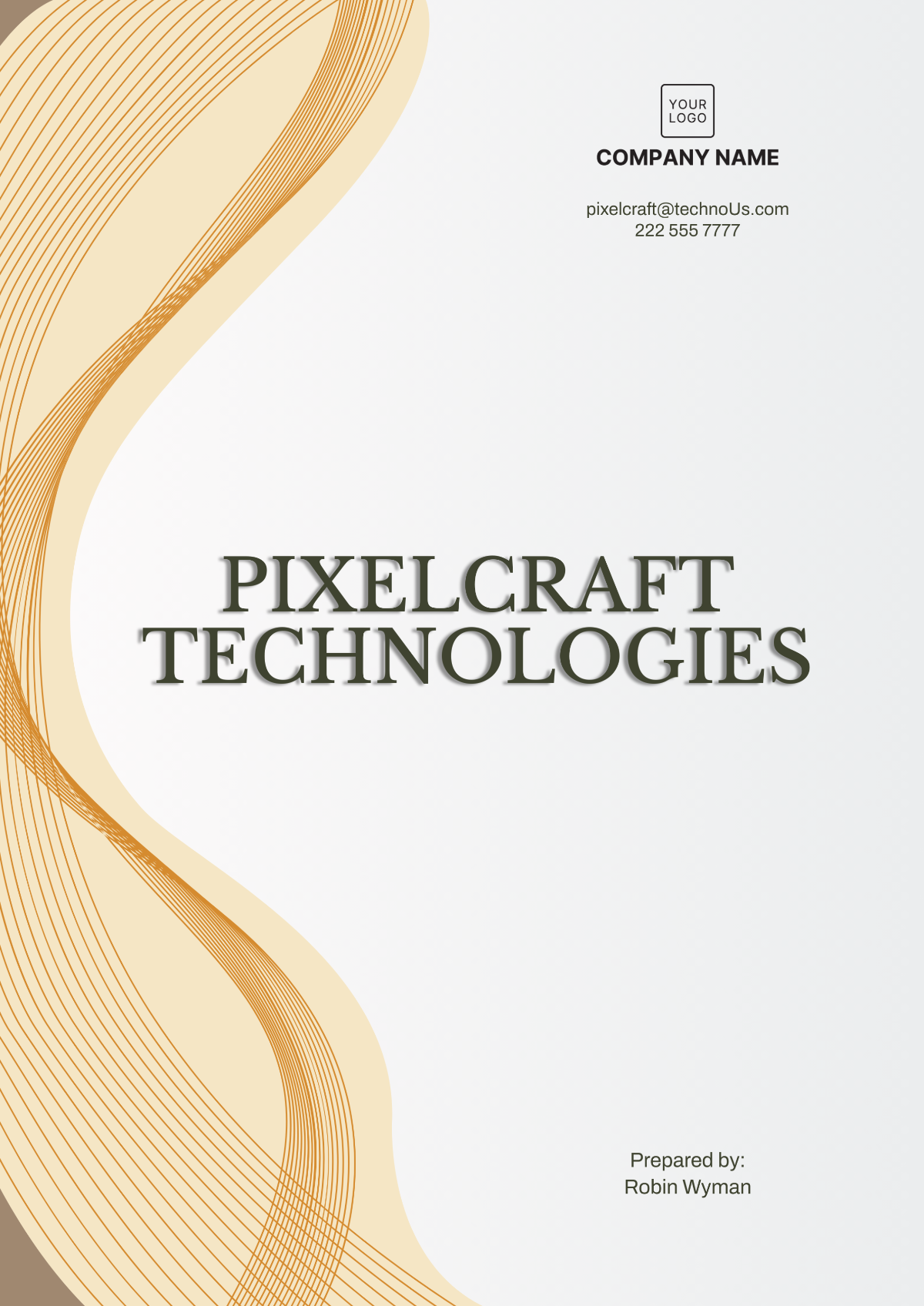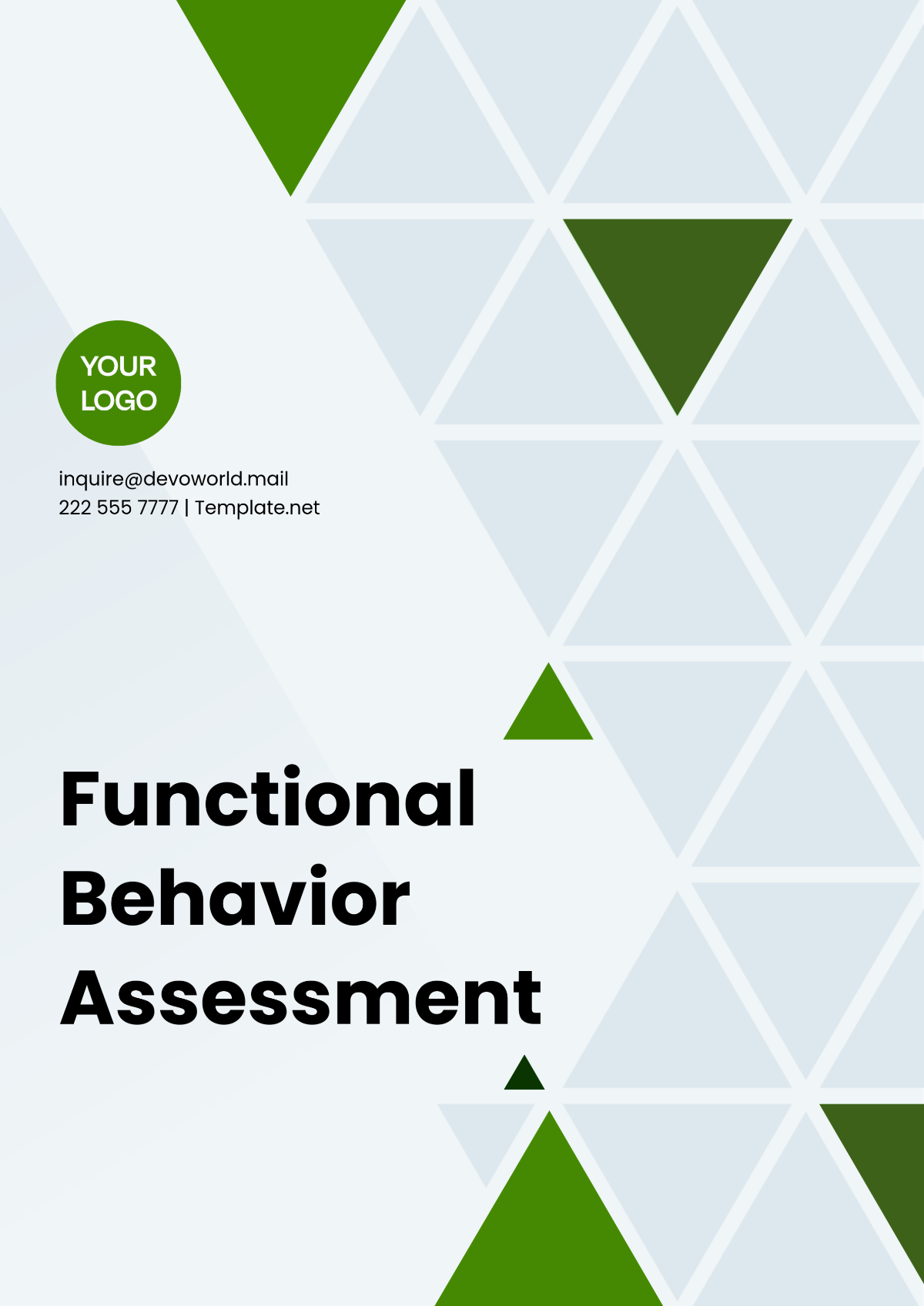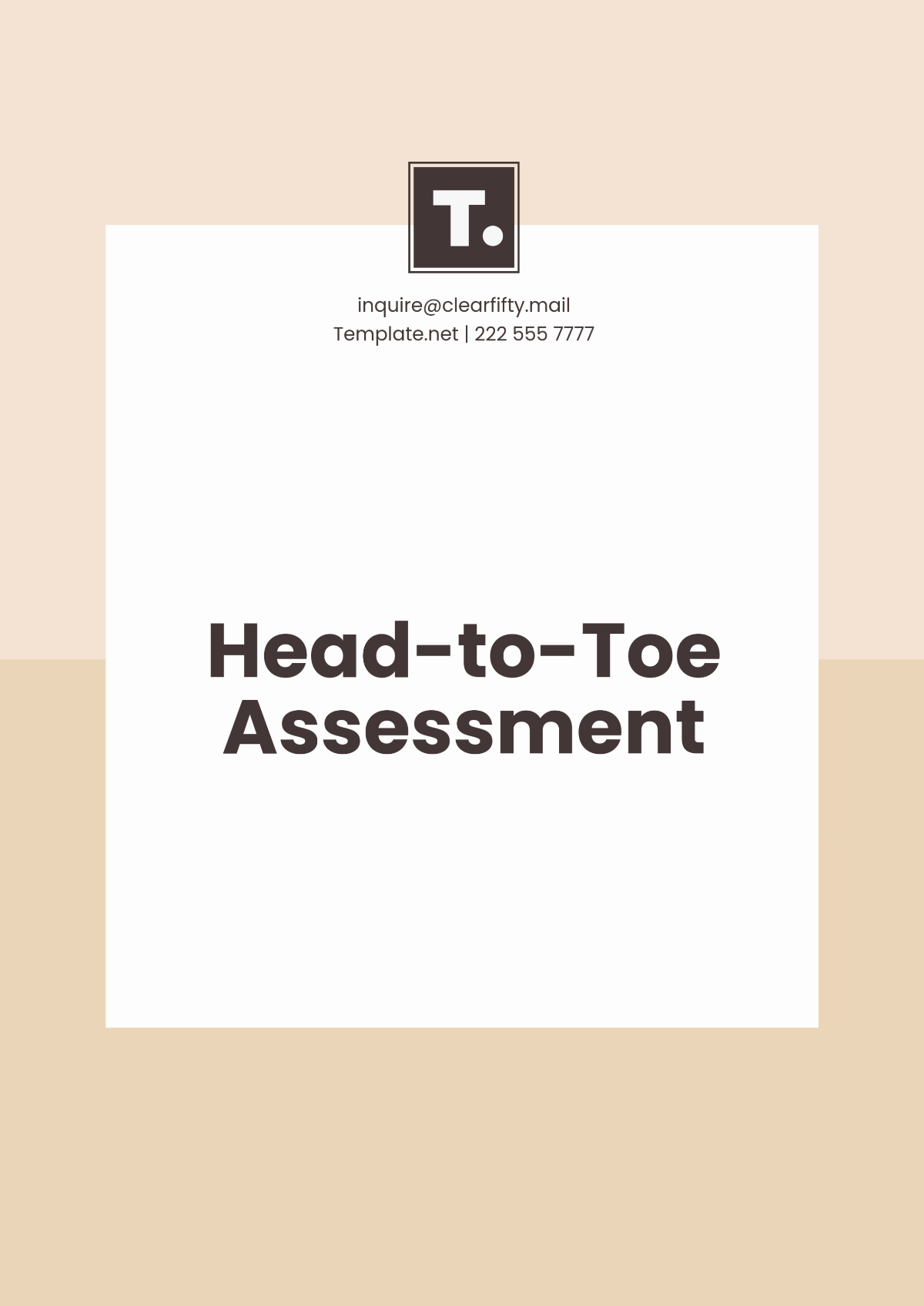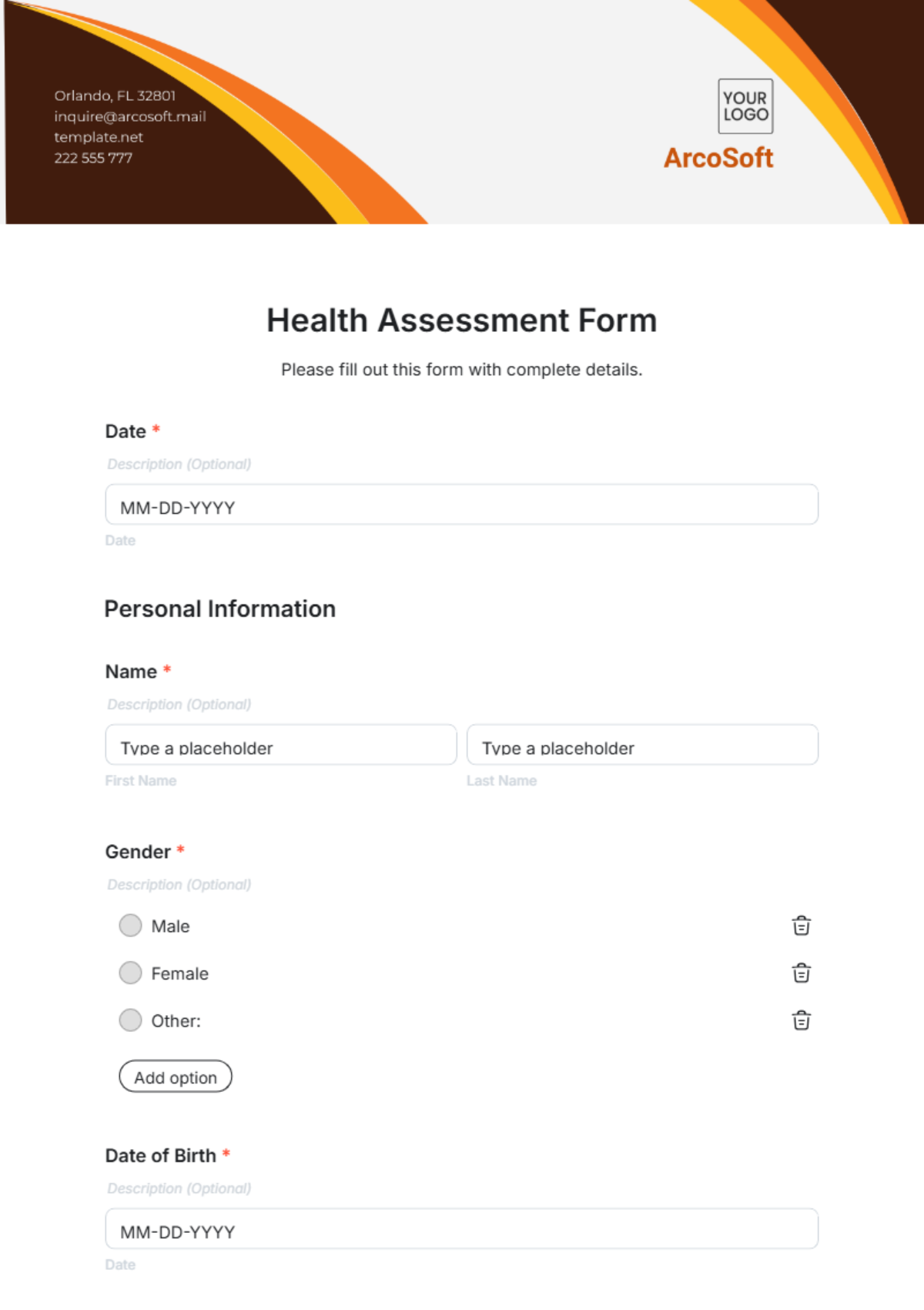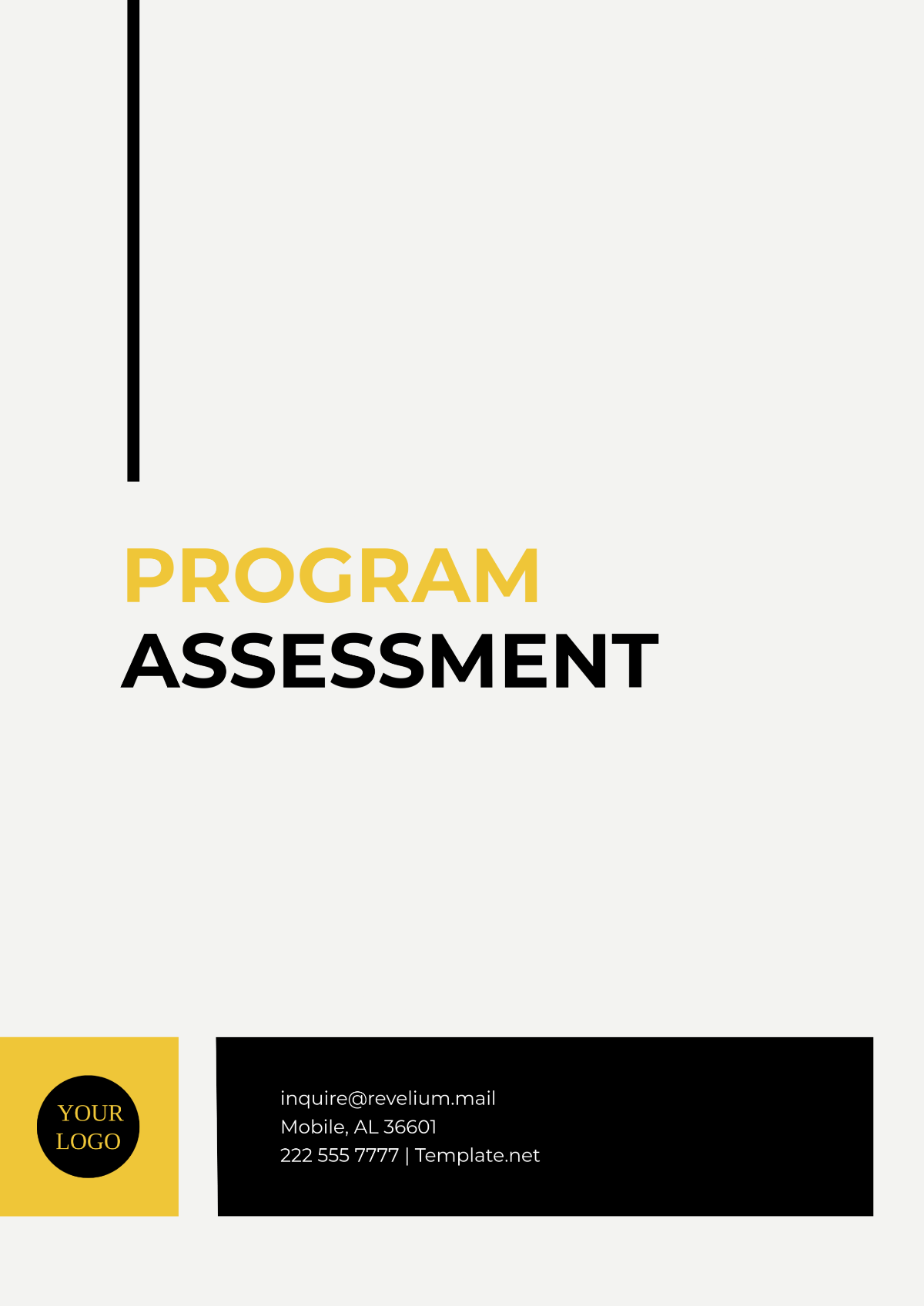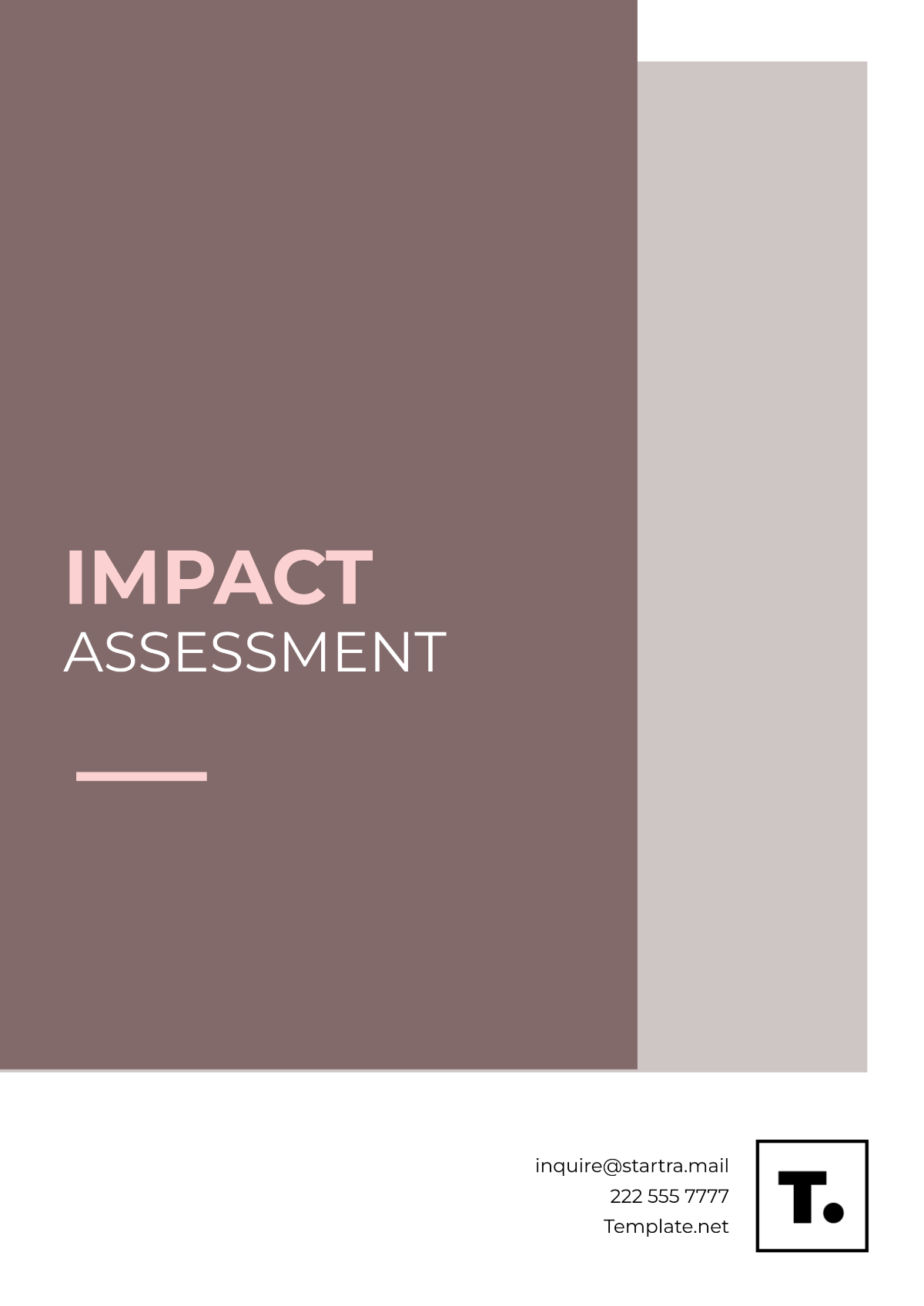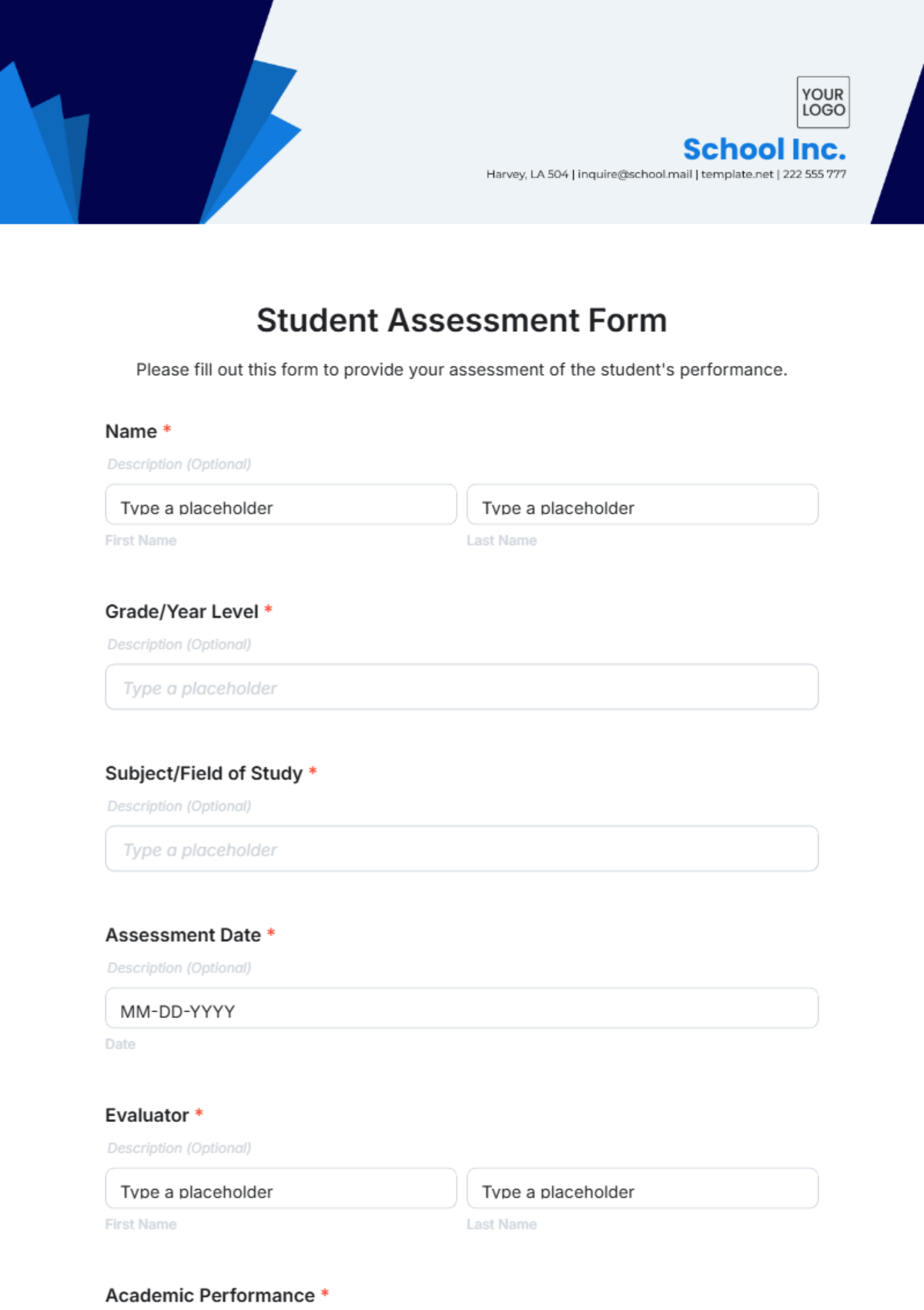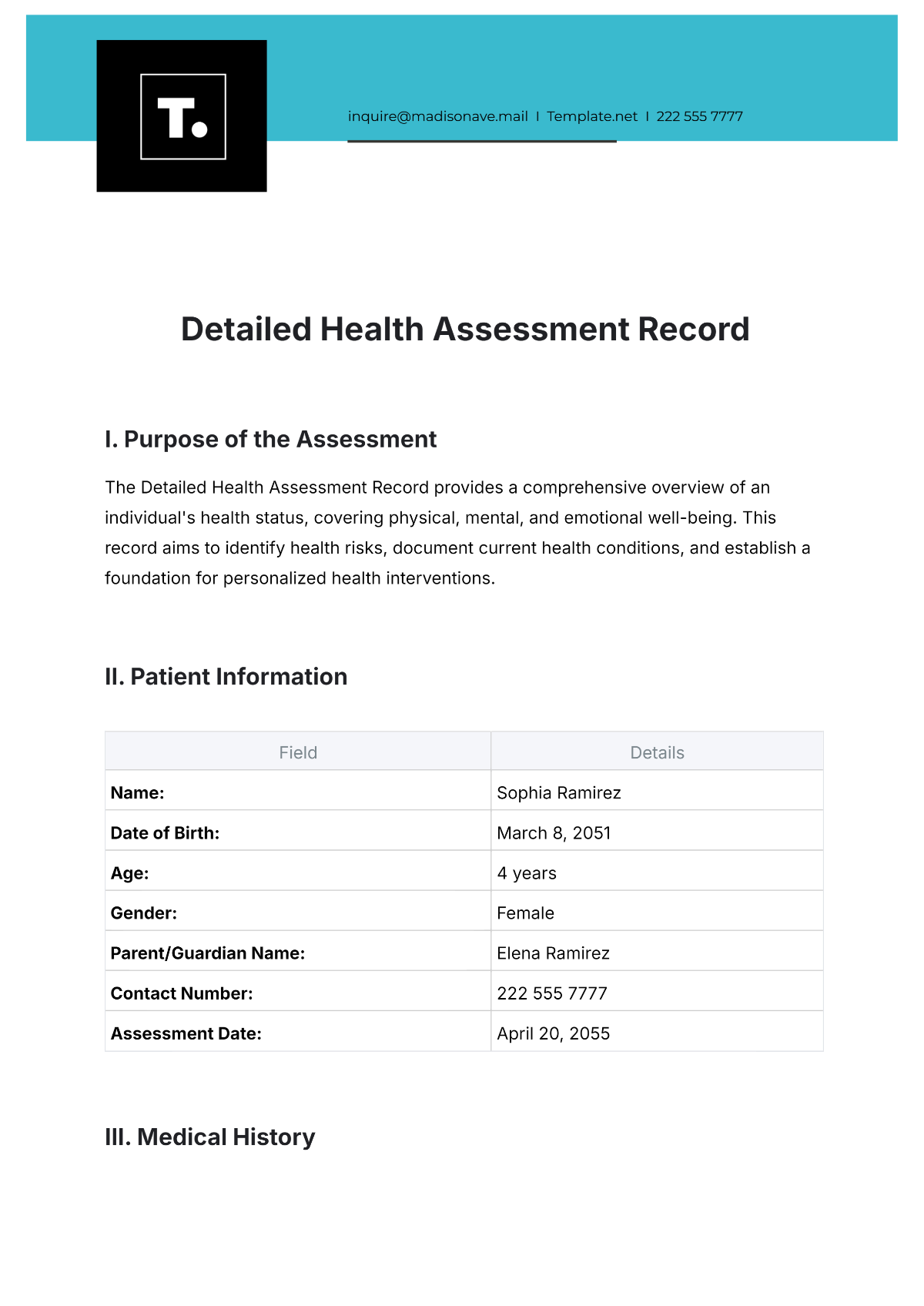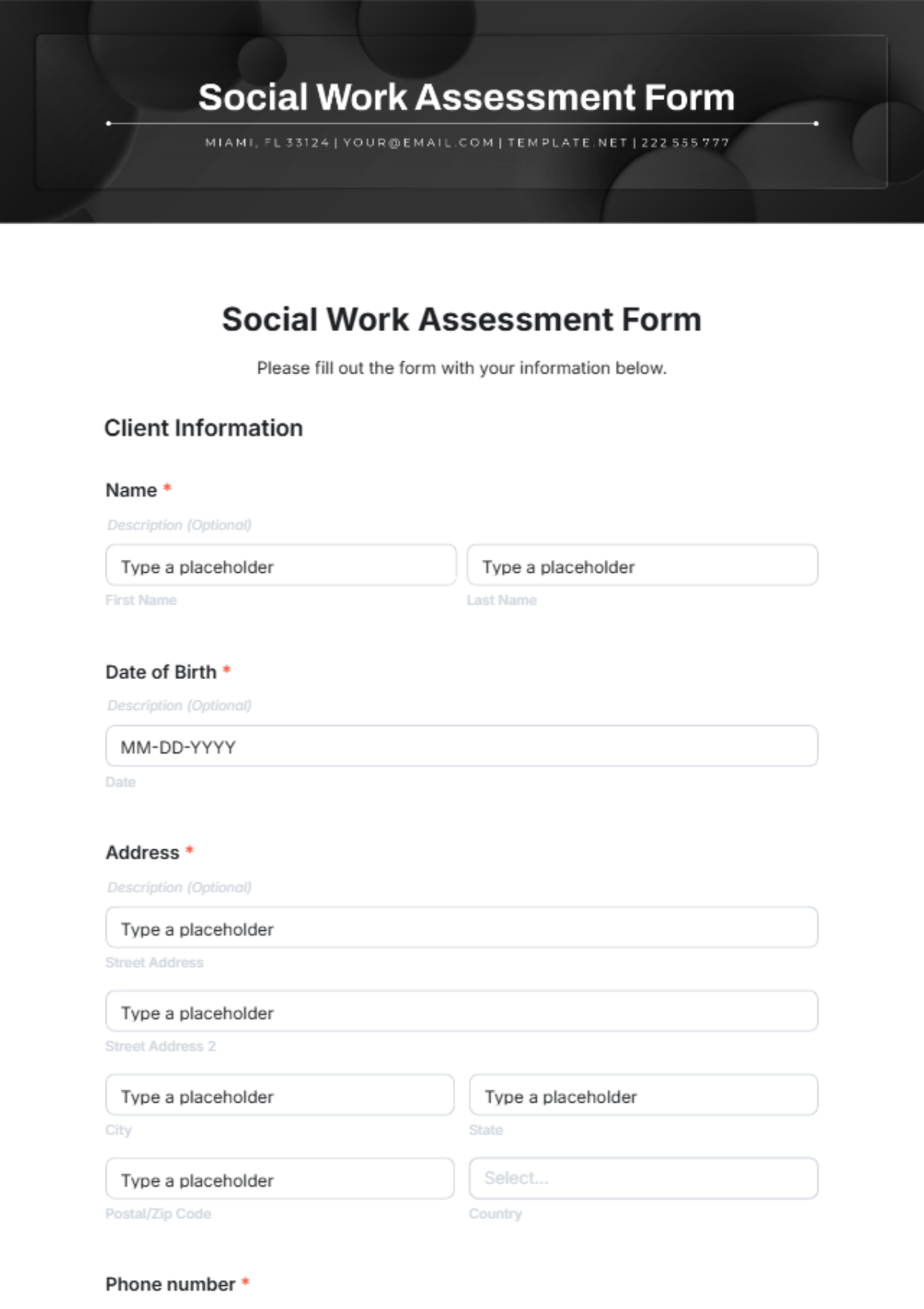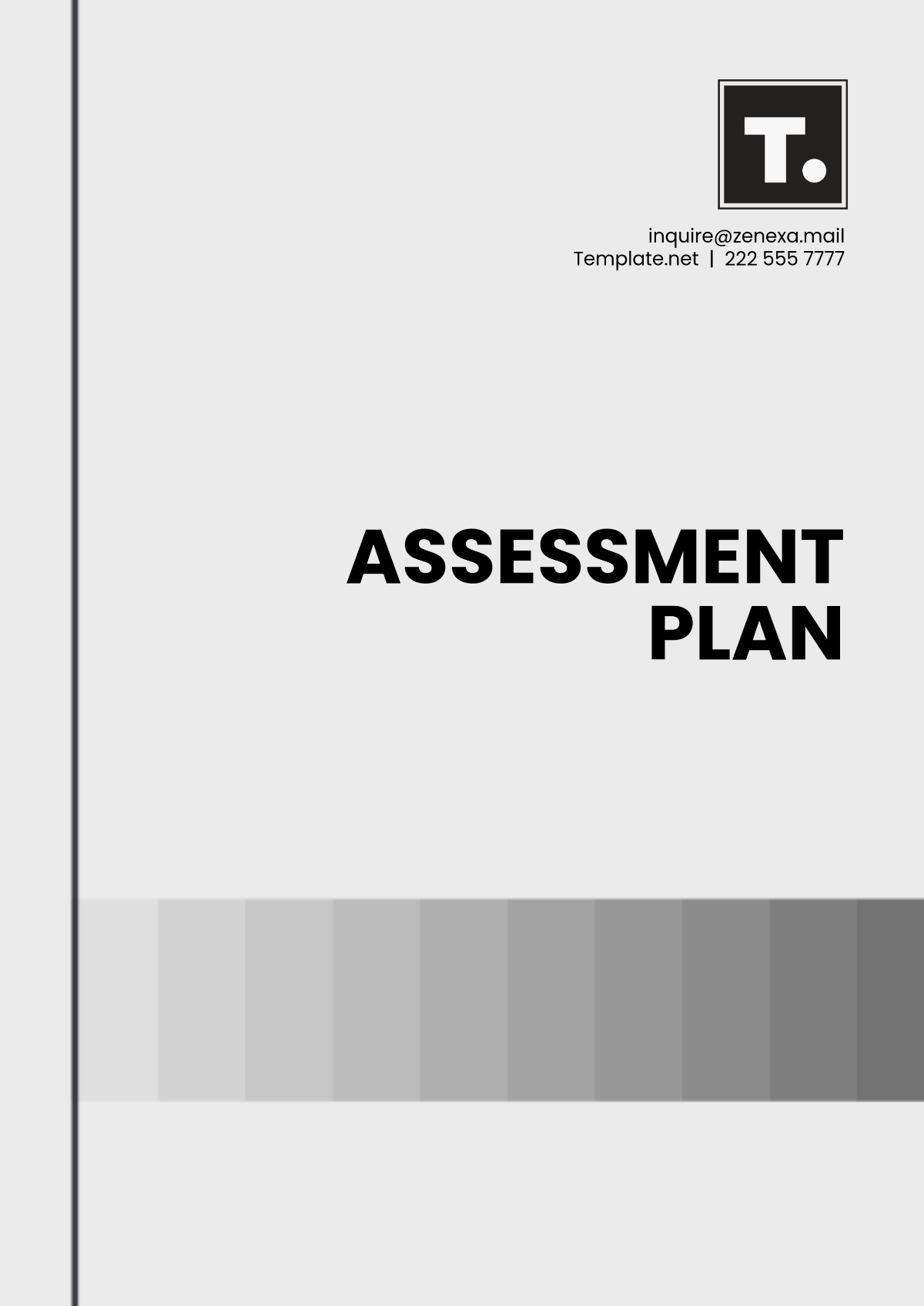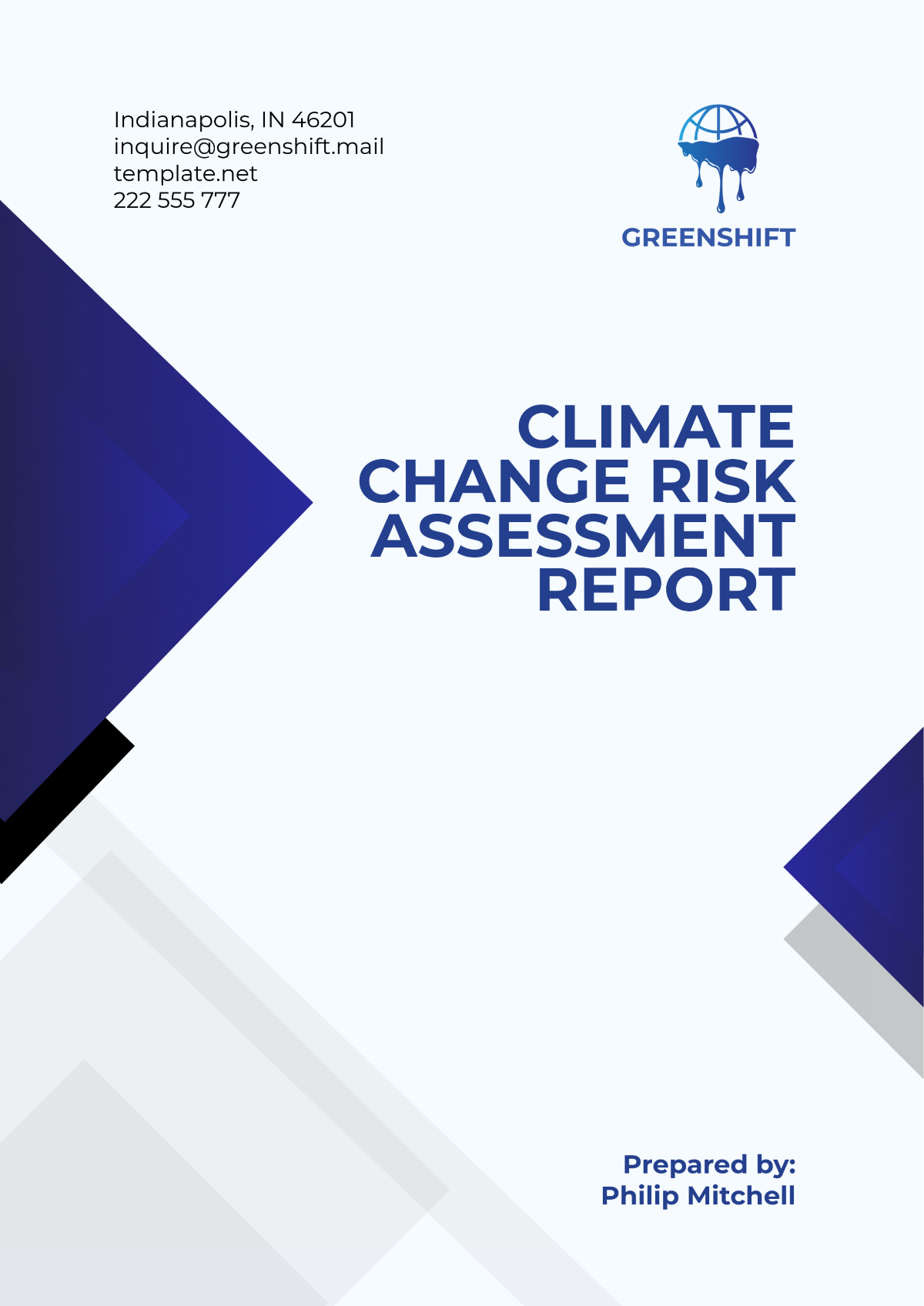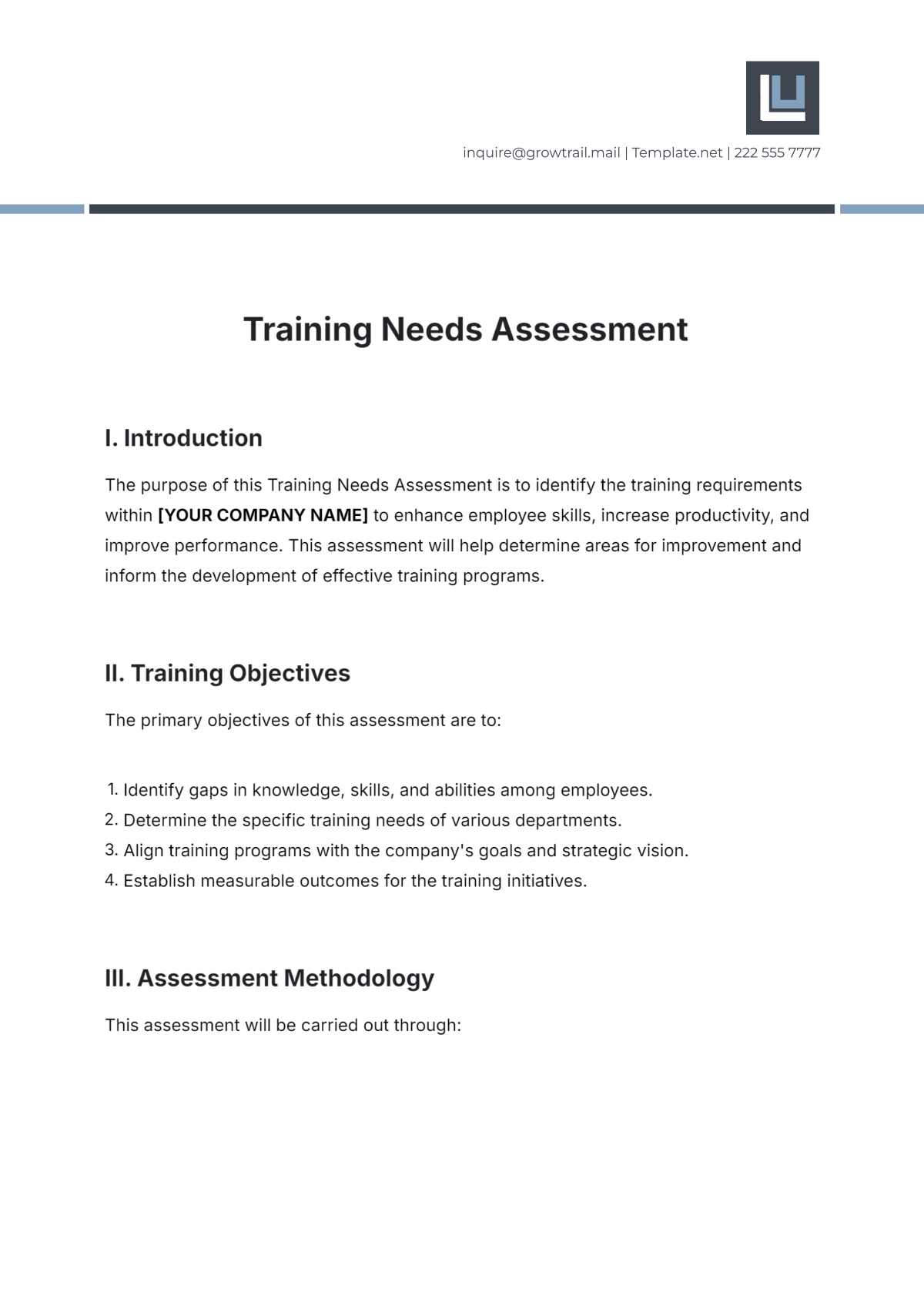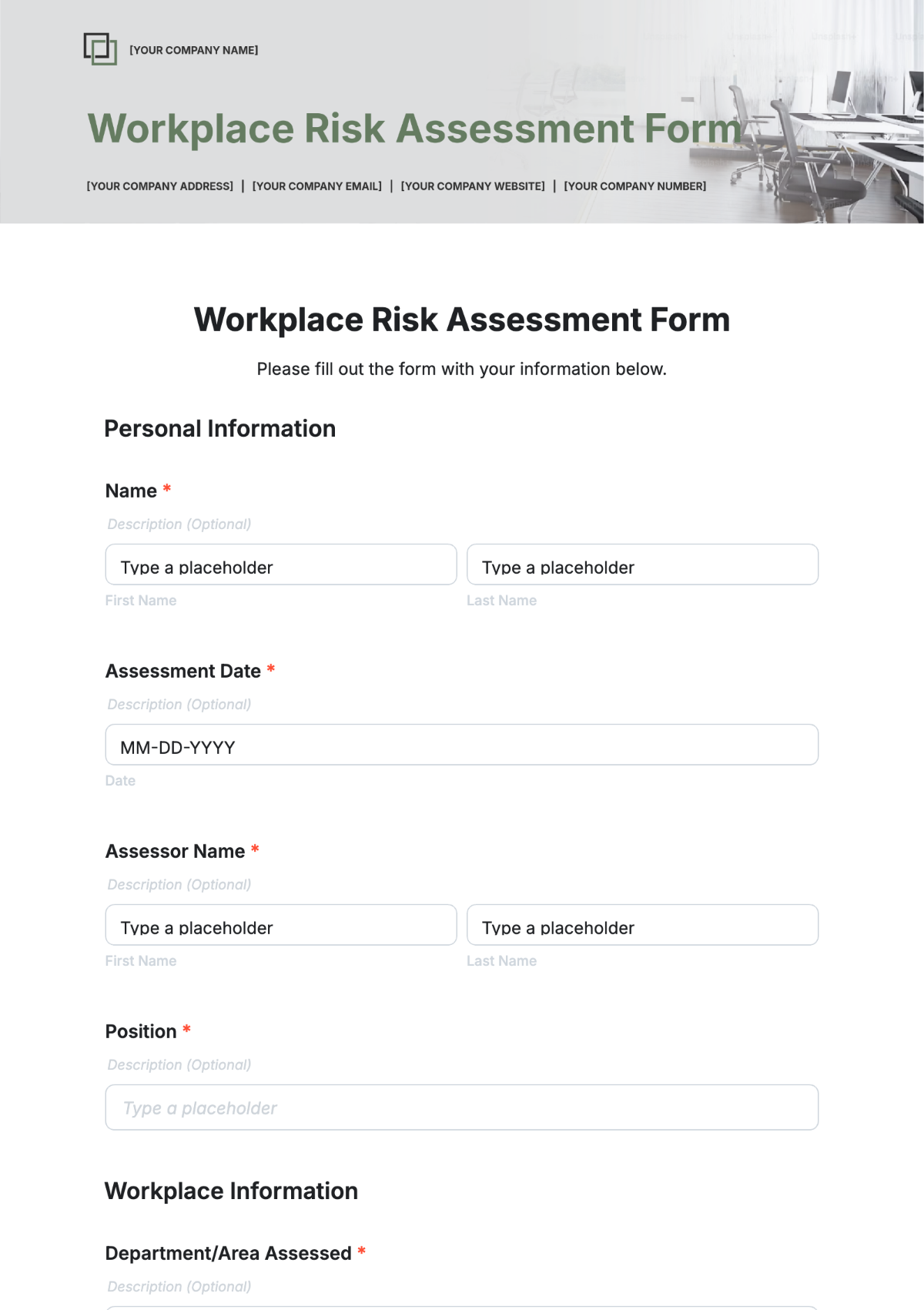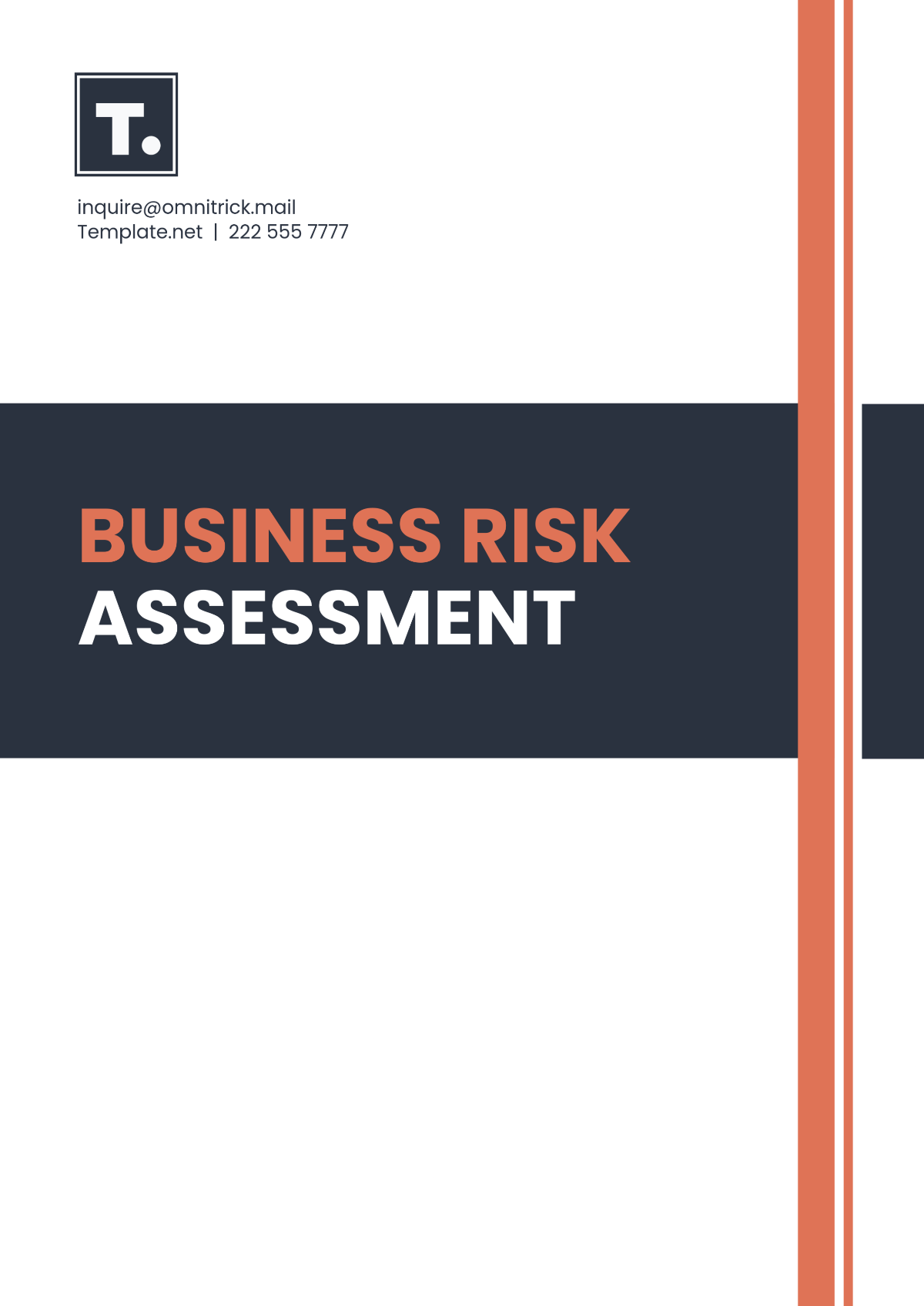Dissertation Assessment
Prepared by: [Your Name]
Date: [Date]
1. Abstract
The dissertation assessment process is a crucial element in the academic evaluation of research work. This document outlines the methodology, criteria, and standards used to evaluate dissertations in higher education institutions. By examining both qualitative and quantitative aspects of dissertation assessment, this dissertation aims to provide a comprehensive overview of best practices and recommendations for improving the evaluation process.
2. Introduction
2.1 Background
Dissertation assessment plays a pivotal role in determining the quality and impact of research produced by postgraduate students. As the final hurdle before the awarding of advanced degrees, the assessment process must be thorough, fair, and objective. This section introduces the context and significance of dissertation assessment, highlighting its importance in maintaining academic standards and ensuring the credibility of research outcomes.
2.2 Purpose and Objectives
The primary purpose of this dissertation is to explore the various dimensions of dissertation assessment, including:
Evaluation Criteria: The specific criteria used to assess dissertations.
Assessment Methodologies: The methodologies employed by institutions to evaluate research work.
Best Practices: Recommended practices for ensuring effective and fair assessment.
3. Literature Review
3.1 Historical Perspective
The evolution of dissertation assessment has been shaped by changes in educational practices and research expectations. Historically, the assessment process has transitioned from informal peer reviews to more structured and standardized evaluation methods. Key milestones in this evolution include:
Early 20th Century: Emphasis on the contribution of original thought and methodological rigor.
Late 20th Century: Introduction of formalized criteria and standardized assessment rubrics.
3.2 Current Trends
Recent trends in dissertation assessment include:
Increased Use of Rubrics: Detailed rubrics are now commonly used to provide clear guidelines for evaluators.
Emphasis on Research Impact: There is a growing focus on the potential impact and practical applications of research findings.
4. Methodology
4.1 Evaluation Criteria
The assessment of dissertations typically involves a combination of the following criteria:
Criteria | Description | Weight |
|---|---|---|
Research Question | Clarity and significance of the research question or hypothesis. | 20% |
Literature Review | Depth and relevance of the literature review. | 15% |
Methodology | Appropriateness and rigor of the research methodology. | 25% |
Data Analysis | Quality and validity of data analysis and interpretation. | 20% |
Originality and Innovation | Novelty and contribution to the field of study. | 10% |
Presentation and Structure | Organization, clarity, and overall presentation of the dissertation. | 10% |
4.2 Assessment Methodologies
Dissertations are evaluated using a variety of methods, including:
Internal Review: Faculty members within the department review the dissertation.
External Examination: An external examiner assesses the dissertation for objectivity and quality.
Oral Defense: The candidate presents and defends their research findings before a committee.
5. Best Practices
5.1 Standardizing Assessment
To ensure consistency and fairness in dissertation assessment, institutions should consider the following best practices:
Develop Clear Rubrics: Establish detailed rubrics that outline specific criteria and expectations for each component of the dissertation.
Training for Evaluators: Provide training and calibration sessions for evaluators to align their assessment practices.
Feedback Mechanisms: Implement structured feedback mechanisms to provide constructive comments to candidates.
5.2 Ensuring Objectivity
To minimize biases and ensure objectivity in the assessment process:
Use Blind Review: Implement a blind review process where the identity of the candidate is concealed from the evaluators.
Regular Review of Procedures: Periodically review and update assessment procedures to address any emerging issues or concerns.
6. Case Studies
6.1 Case Study 1: University A
Overview: University A implemented a new assessment rubric aimed at enhancing transparency and consistency in dissertation evaluation.
Findings:
The rubric led to clearer guidelines and more consistent evaluations.
Students reported higher satisfaction with the feedback process.
Lessons Learned:
Clear rubrics can improve the fairness and clarity of the assessment process.
Regular updates to the rubric are necessary to reflect changes in research standards.
6.2 Case Study 2: University B
Overview: University B introduced a mandatory oral defense component as part of its dissertation assessment.
Findings:
The oral defense provided an opportunity for candidates to clarify and expand on their research.
Evaluators gained additional insights into the candidate’s understanding and presentation skills.
Lessons Learned:
Oral defenses can enhance the overall assessment by allowing for direct interaction with the candidate
Proper preparation and support for candidates are essential to ensure a fair defense process.
7. Conclusion
The dissertation assessment process is a multifaceted and dynamic aspect of academic evaluation. By implementing clear criteria, standardized methodologies, and best practices, institutions can enhance the quality and fairness of dissertation assessments. Continuous improvement and adaptation to emerging trends are crucial for maintaining the integrity and effectiveness of the assessment process.
8. Recommendations
Adopt Comprehensive Rubrics: Develop and utilize detailed rubrics to guide evaluators and provide clear expectations for candidates.
Enhance Evaluator Training: Invest in regular training and calibration for evaluators to ensure consistency and fairness.
Implement Feedback Mechanisms: Establish robust feedback mechanisms to support candidates in improving their research work.
9. References
Smith, J. (2051). Evaluating Dissertation Quality: A Comprehensive Guide. Academic Press.
Brown, L., & Green, A. (2052). Modern Assessment Techniques in Higher Education. University Publishing.
White, R. (2050). Best Practices in Dissertation Assessment. Research Review Journal.
